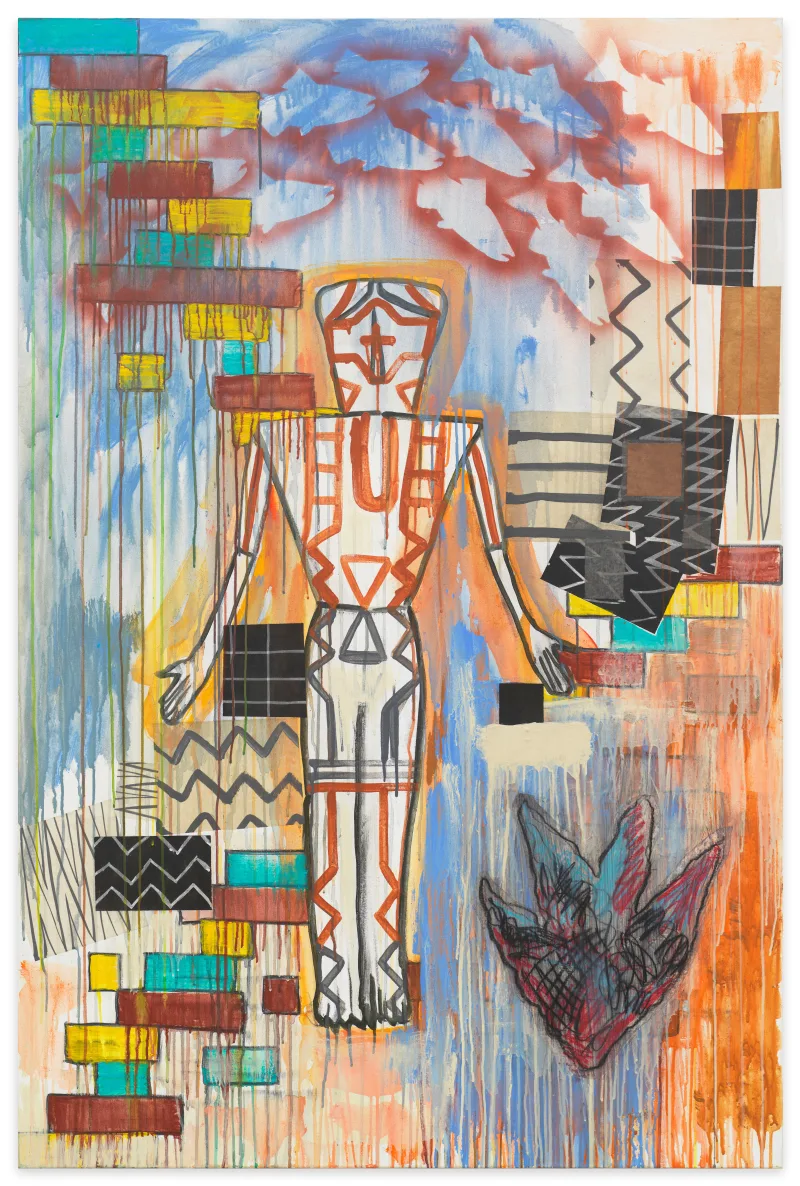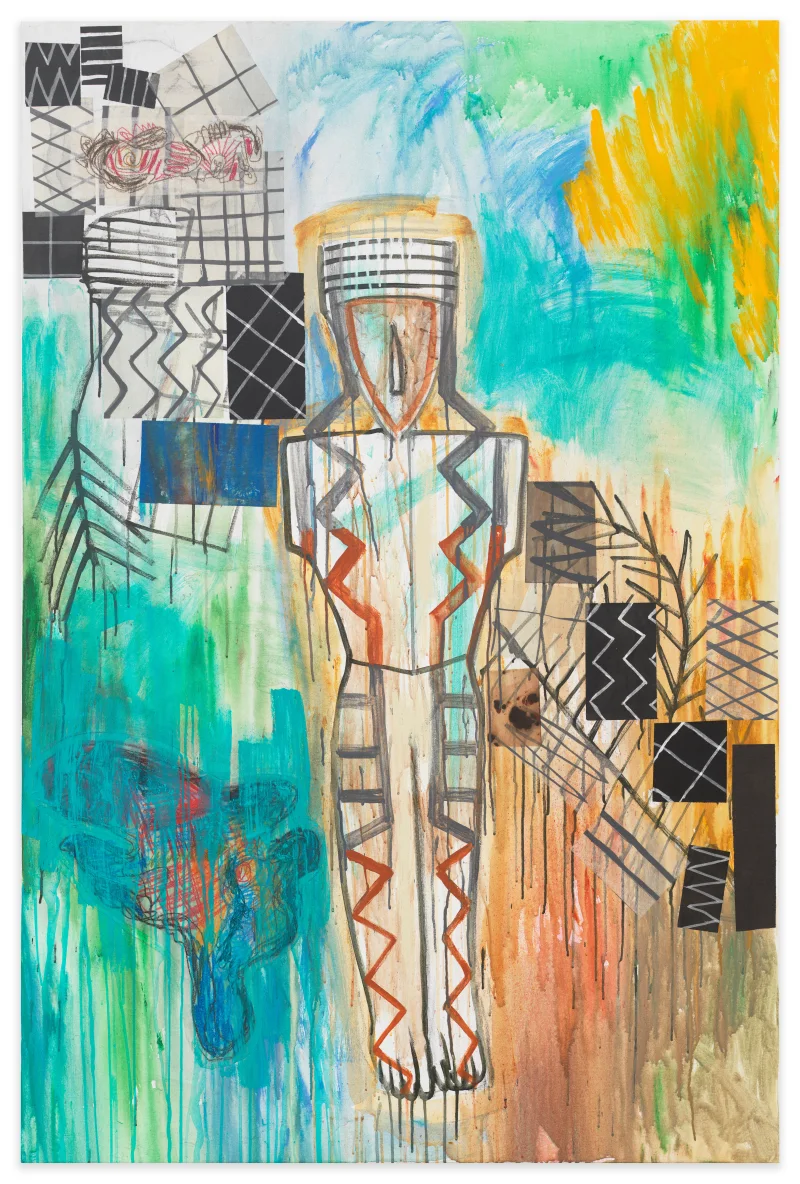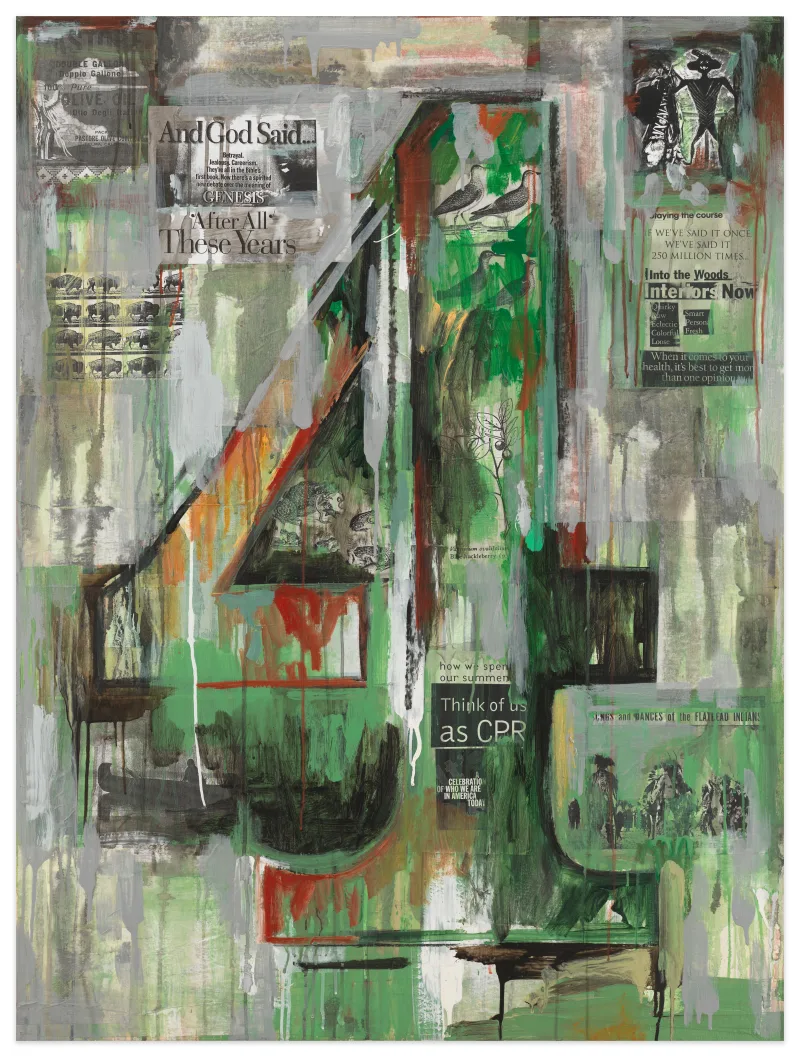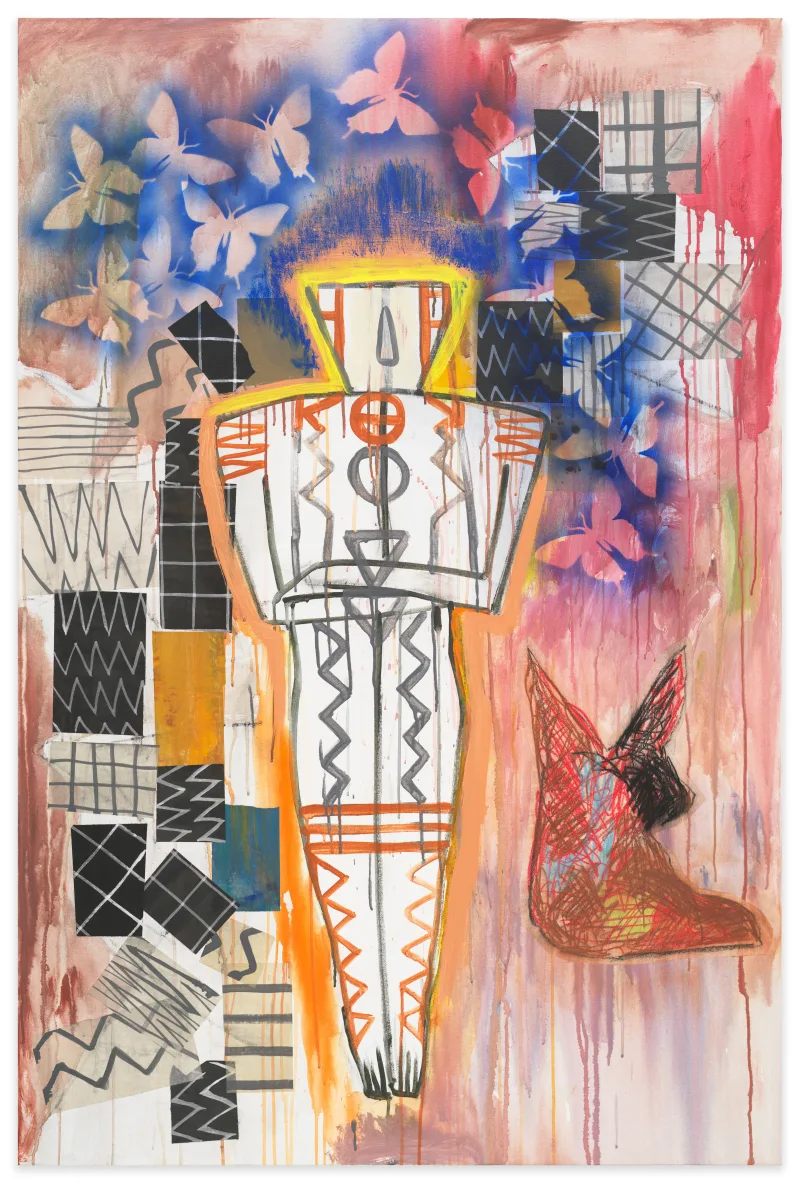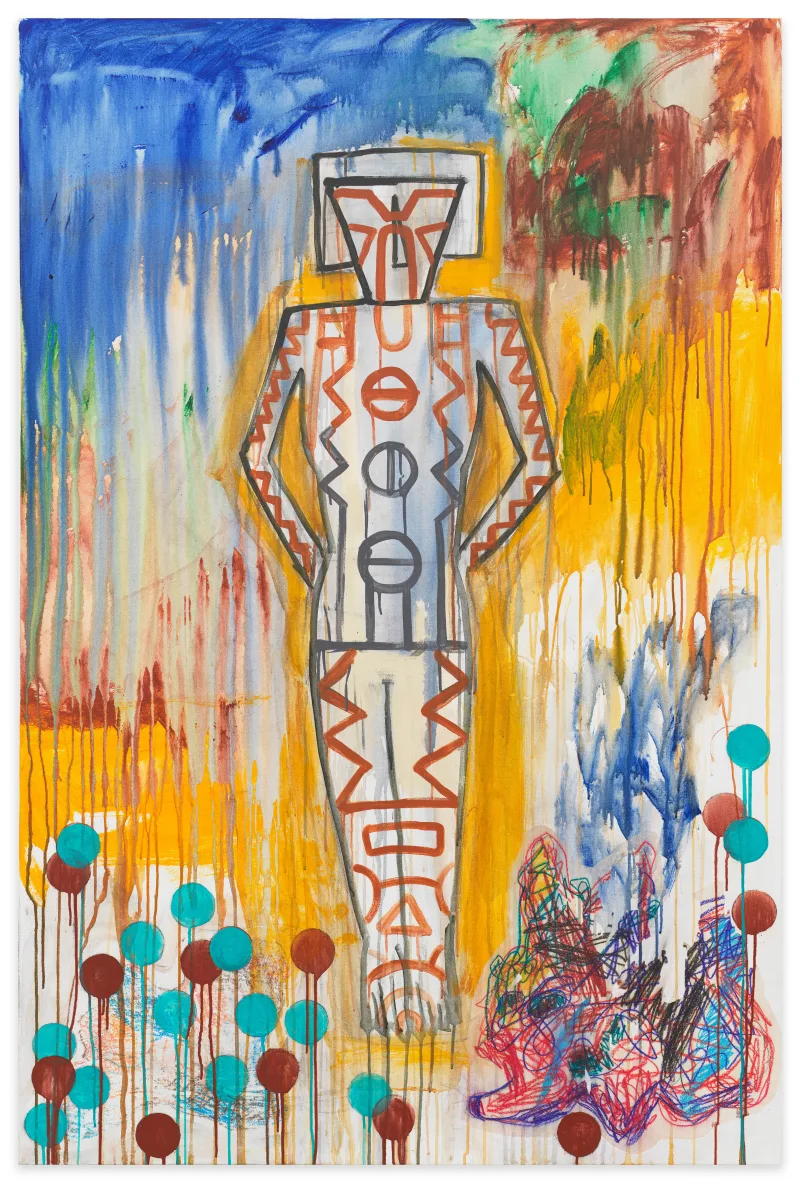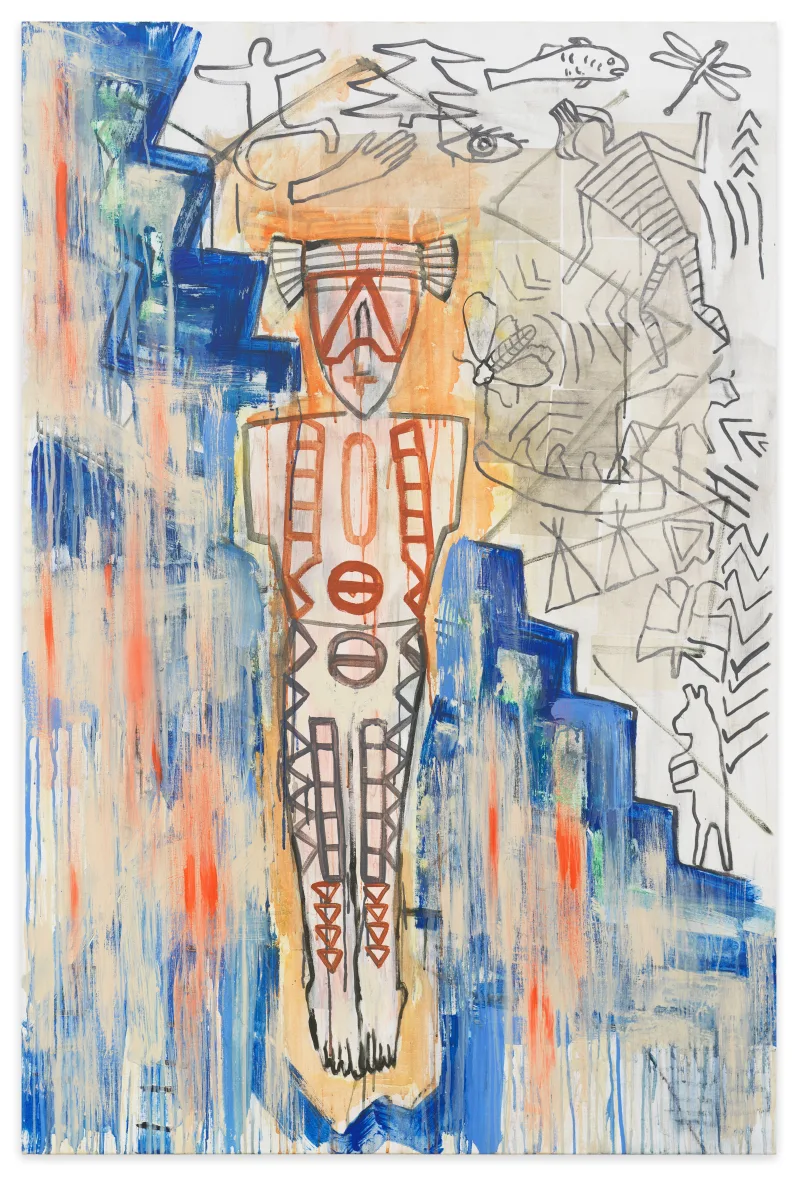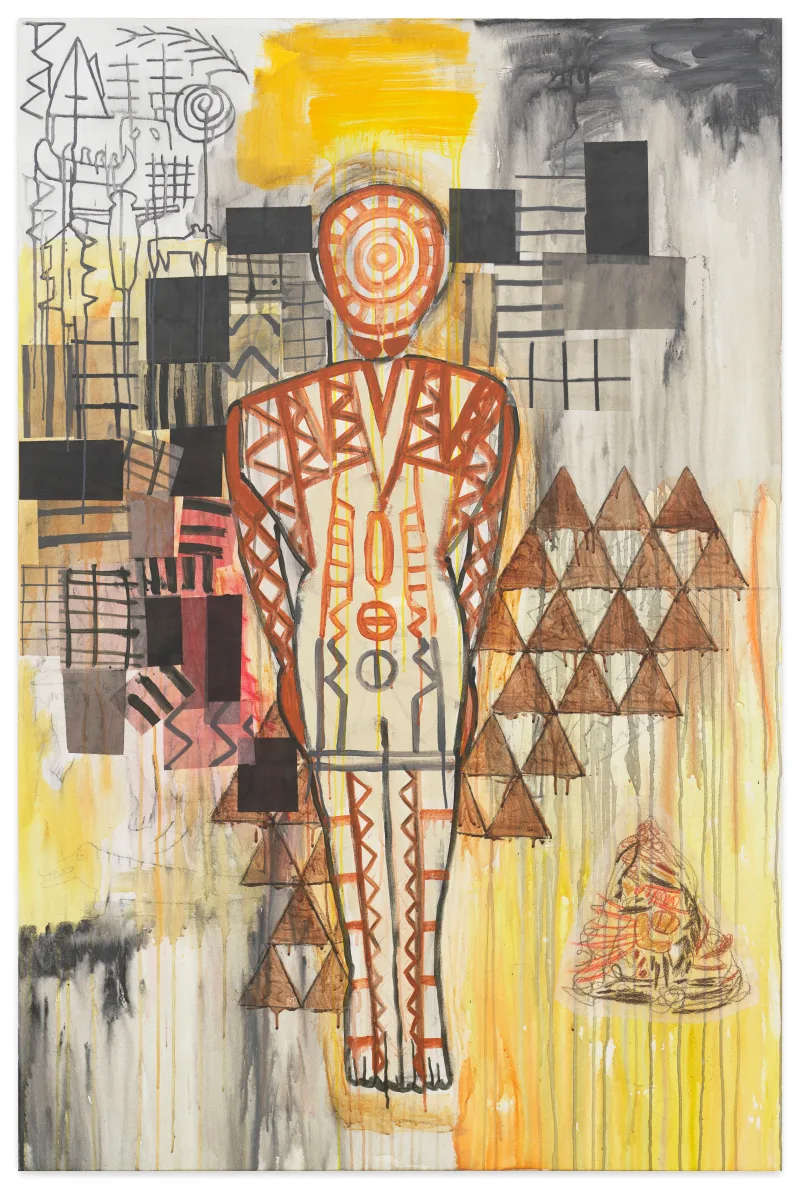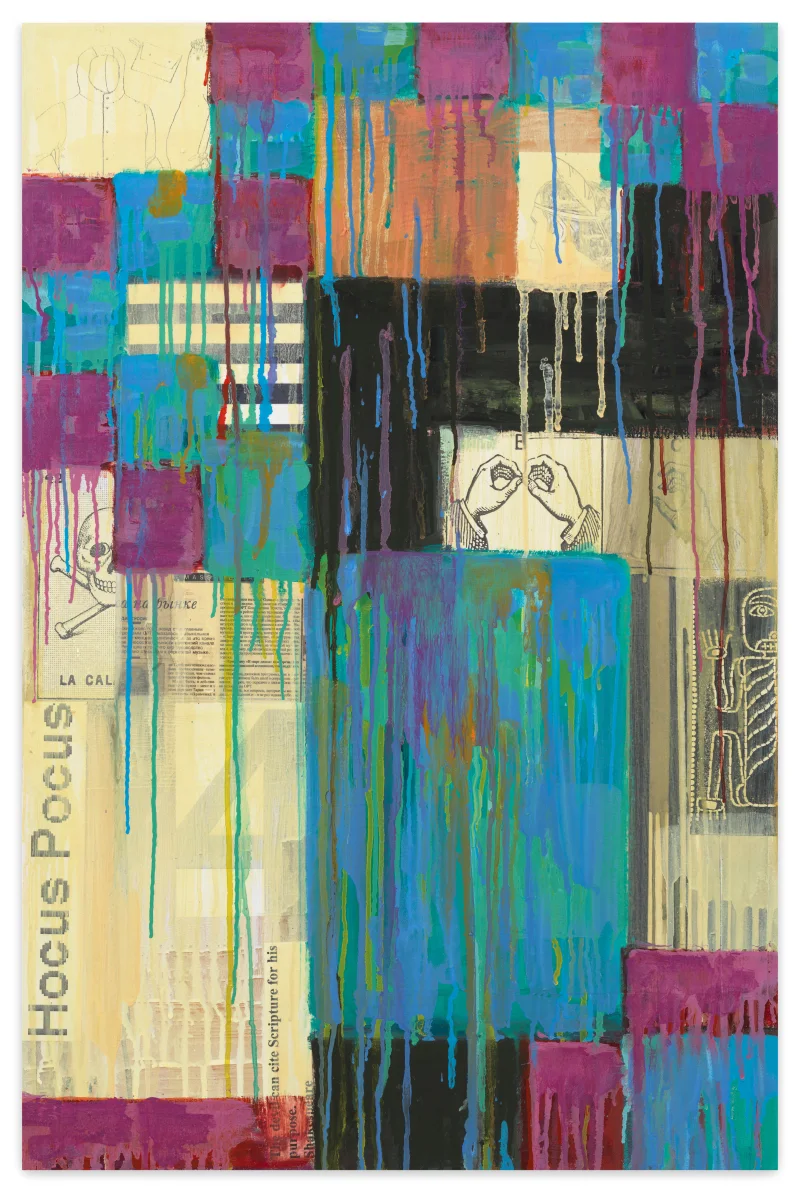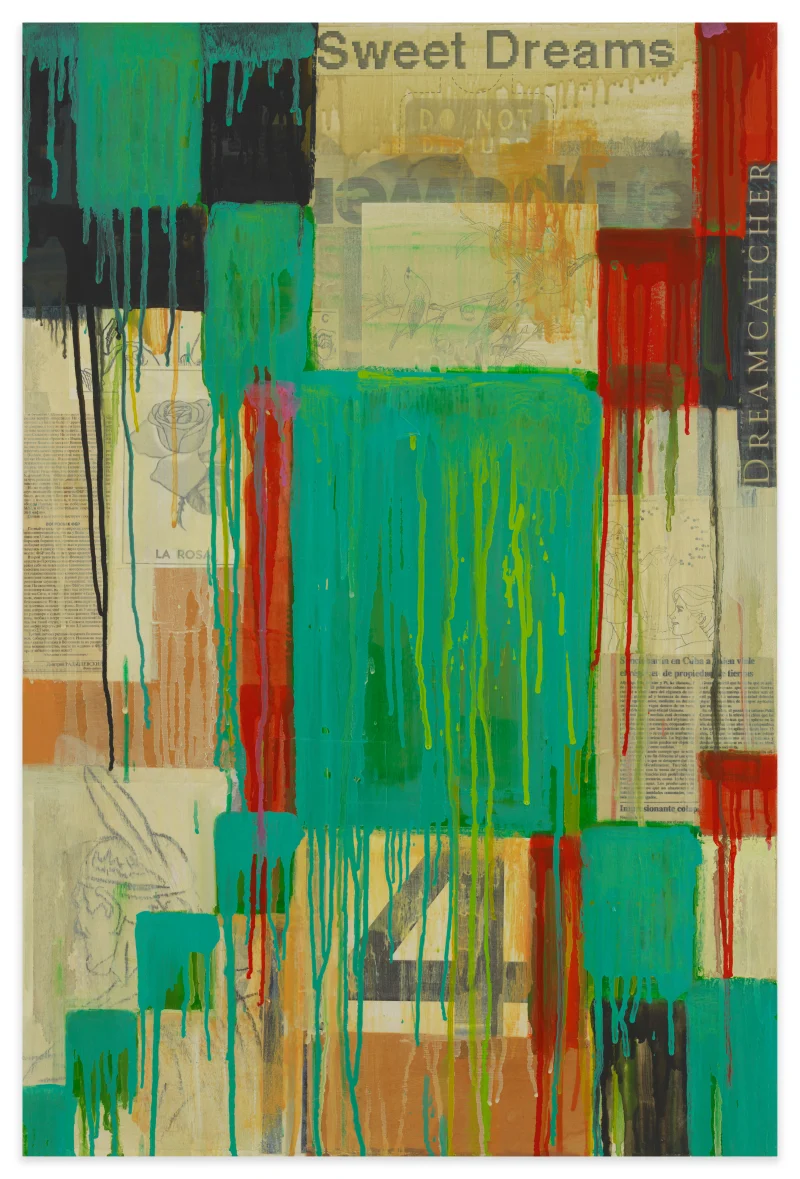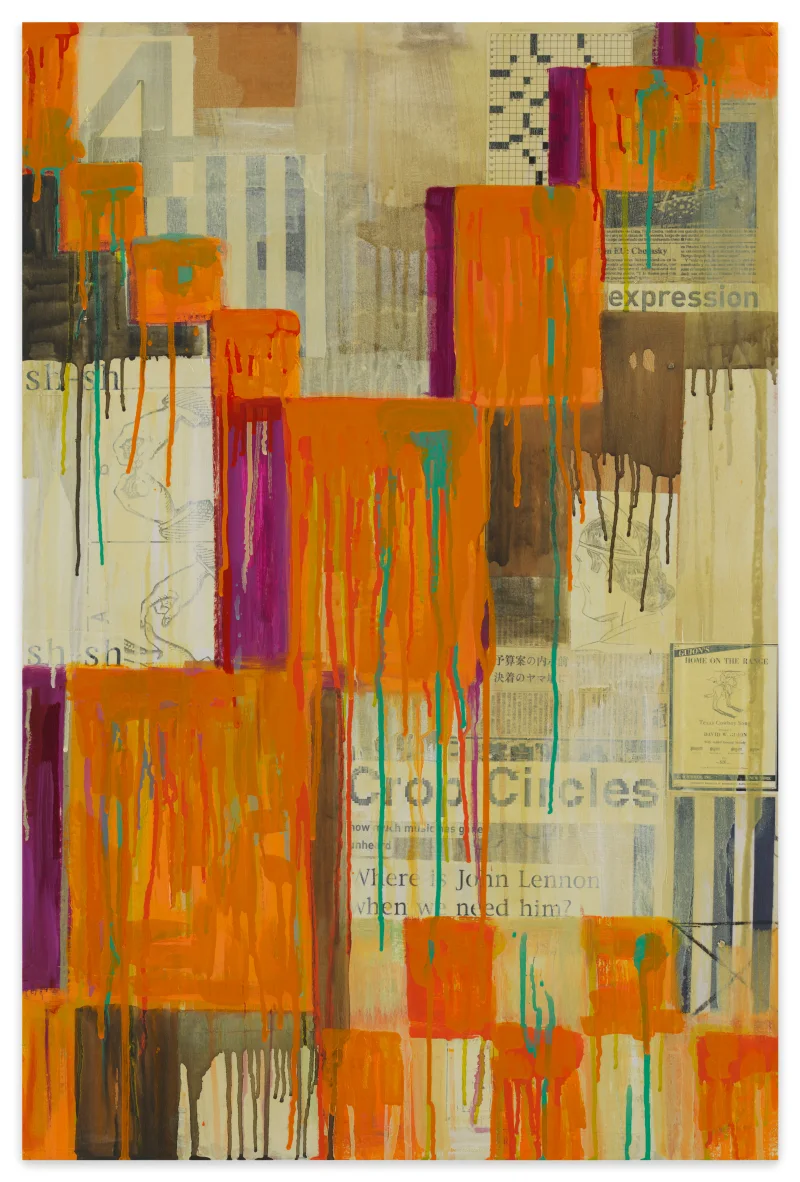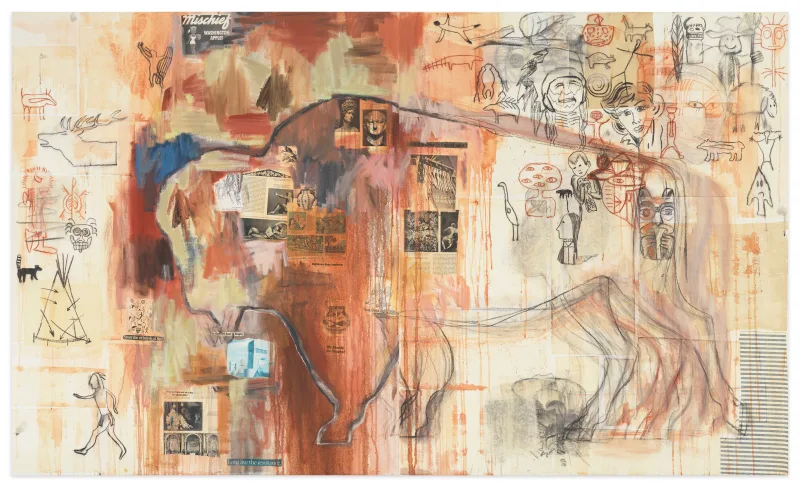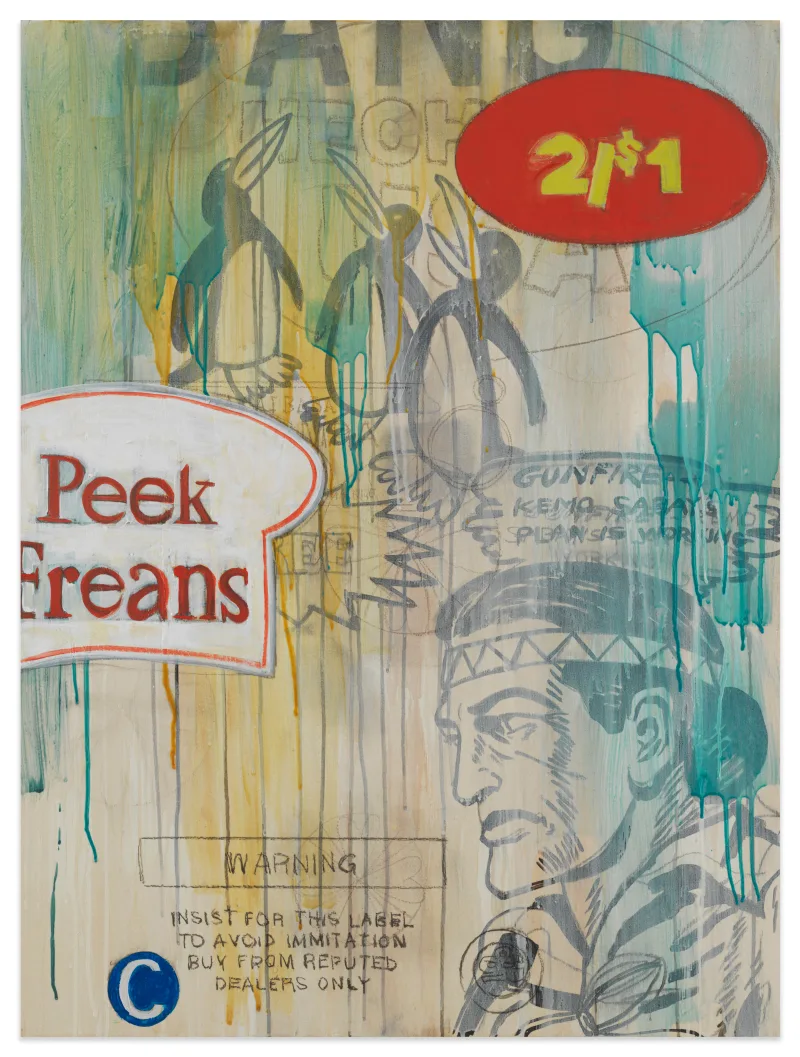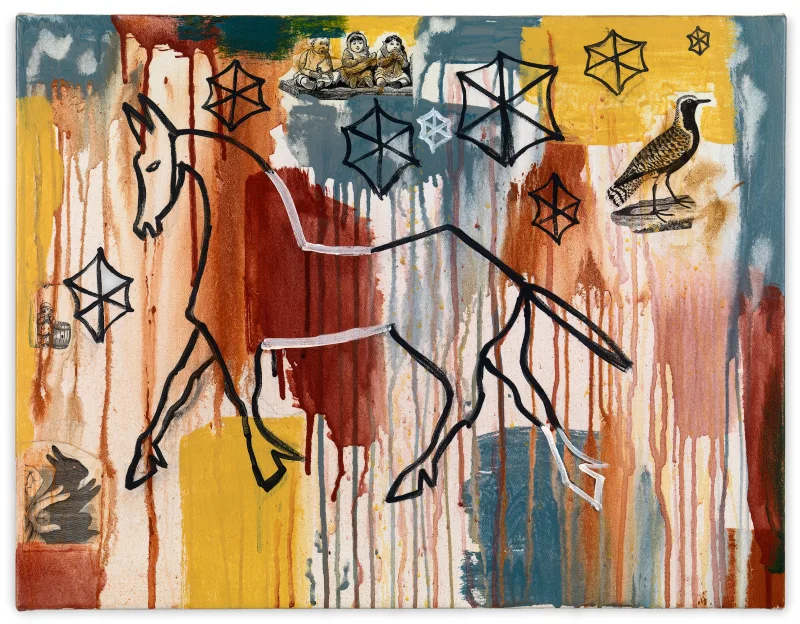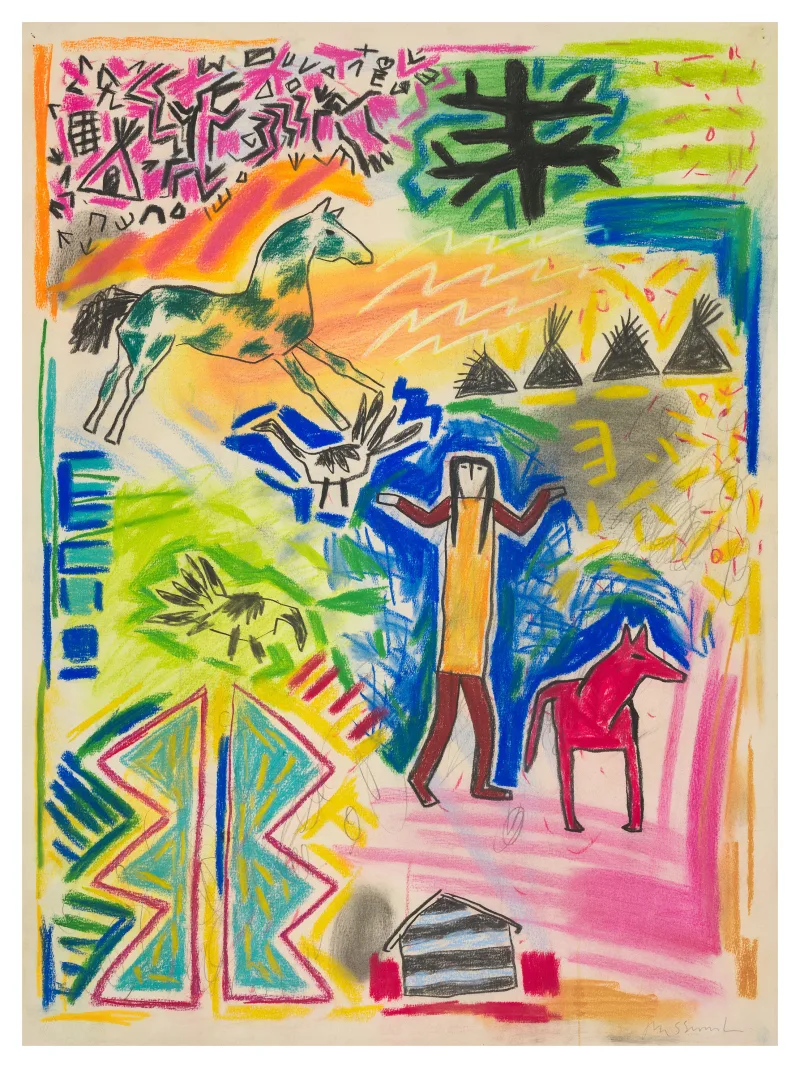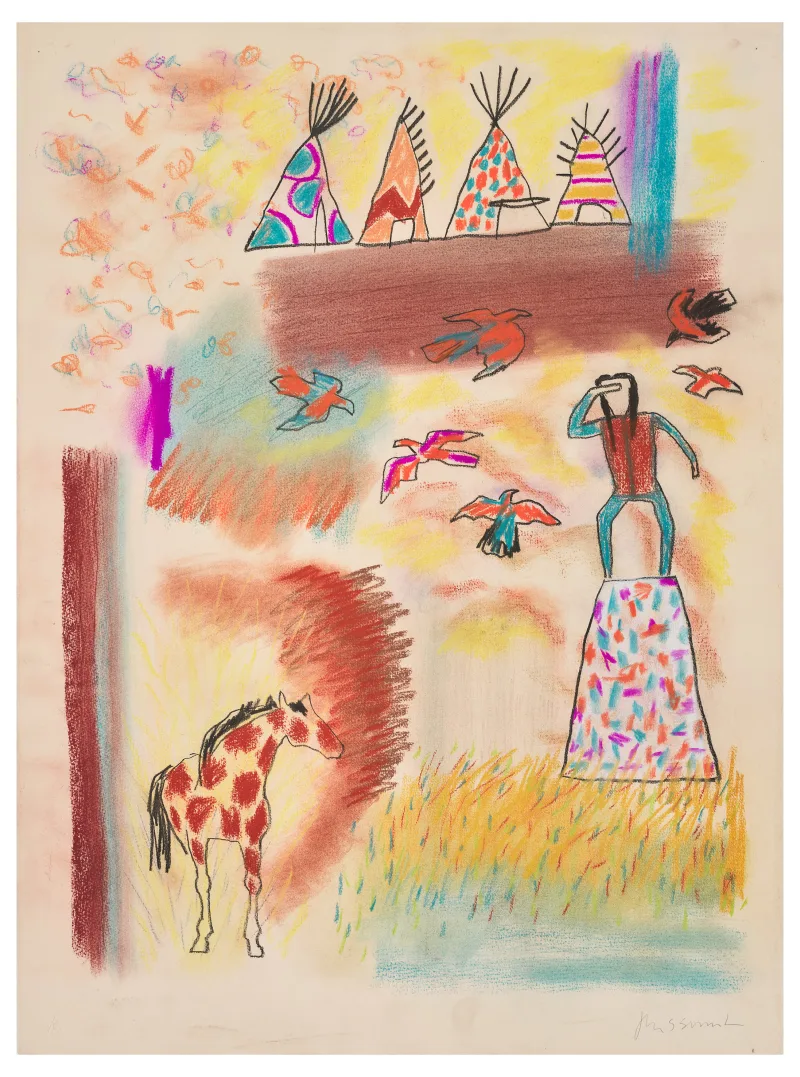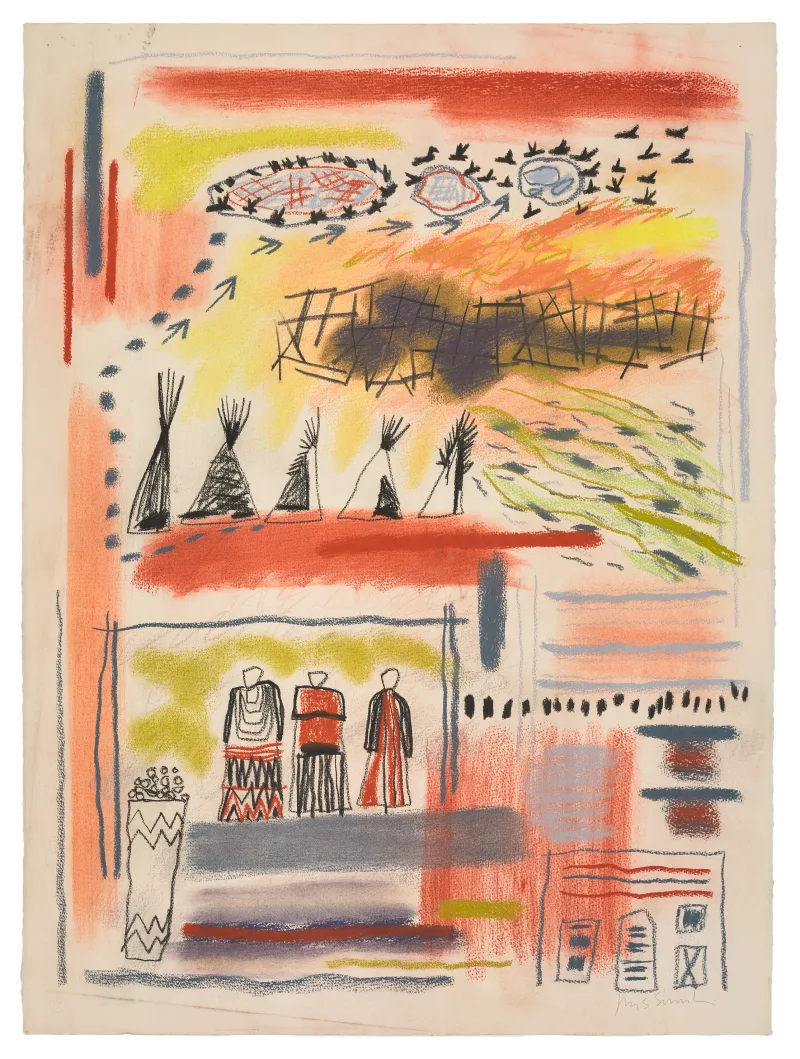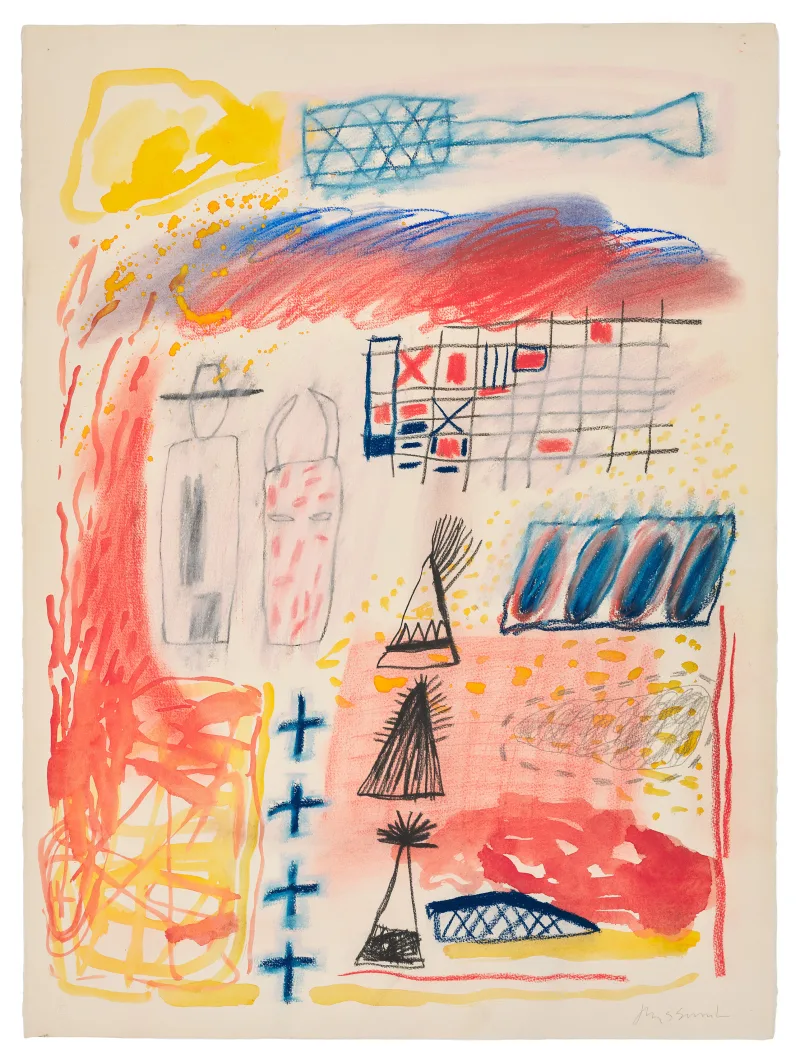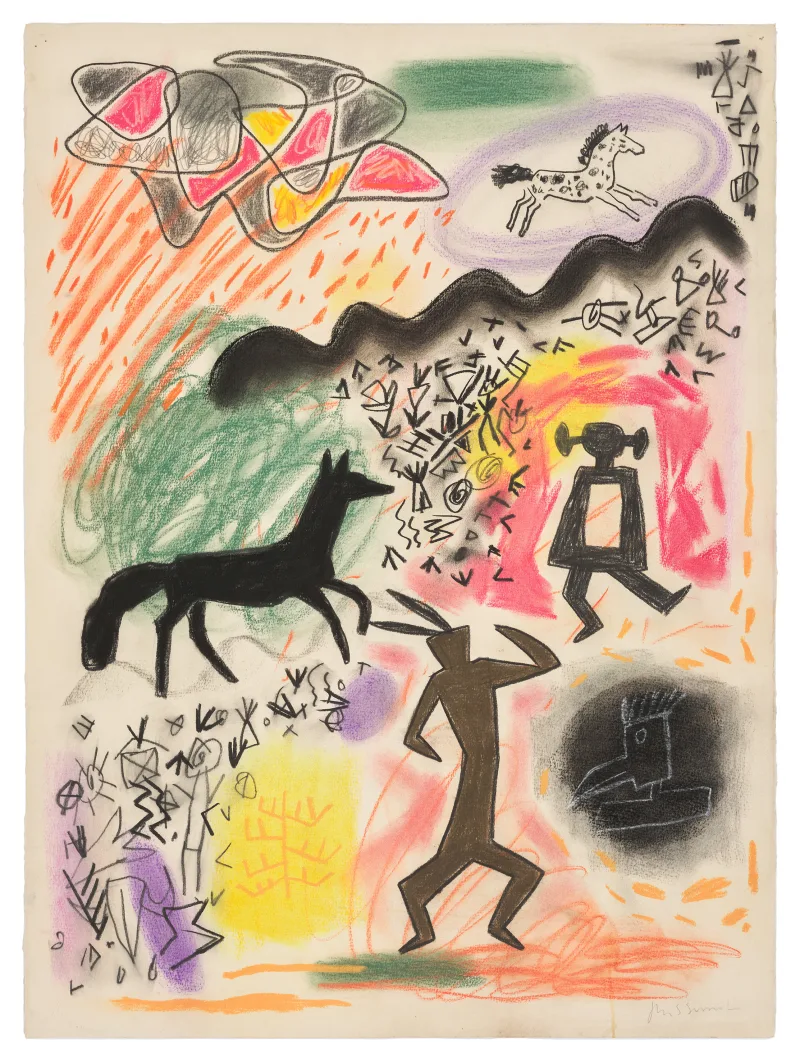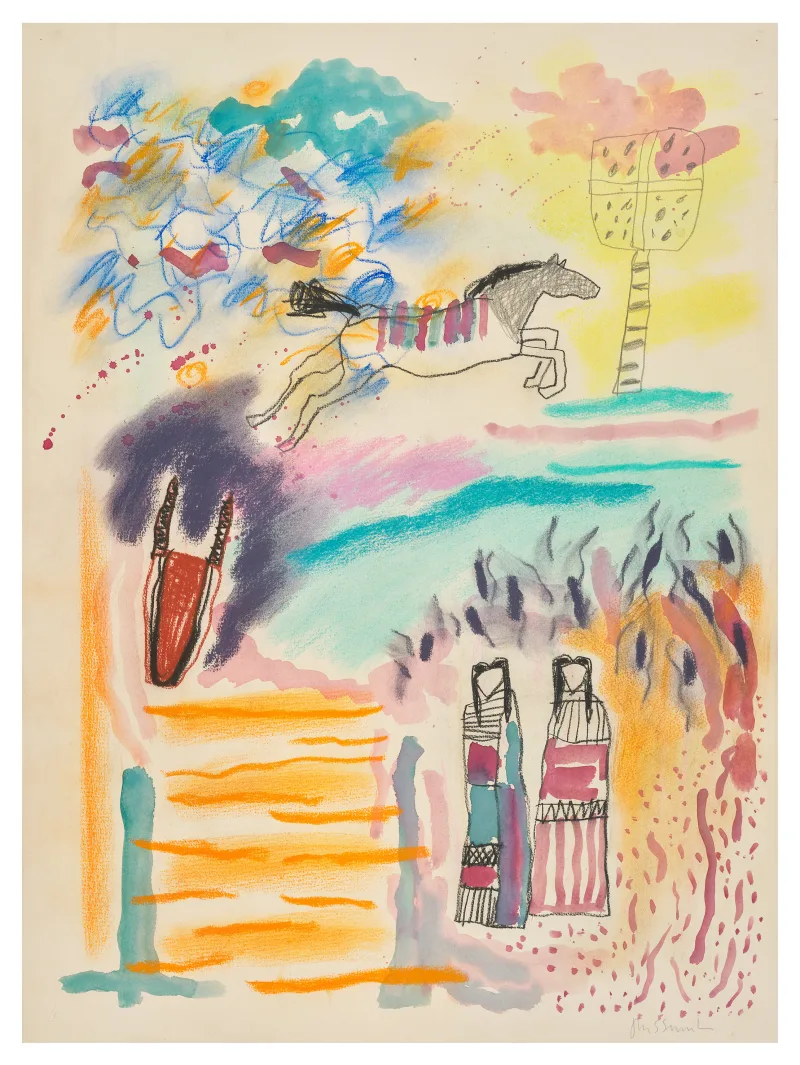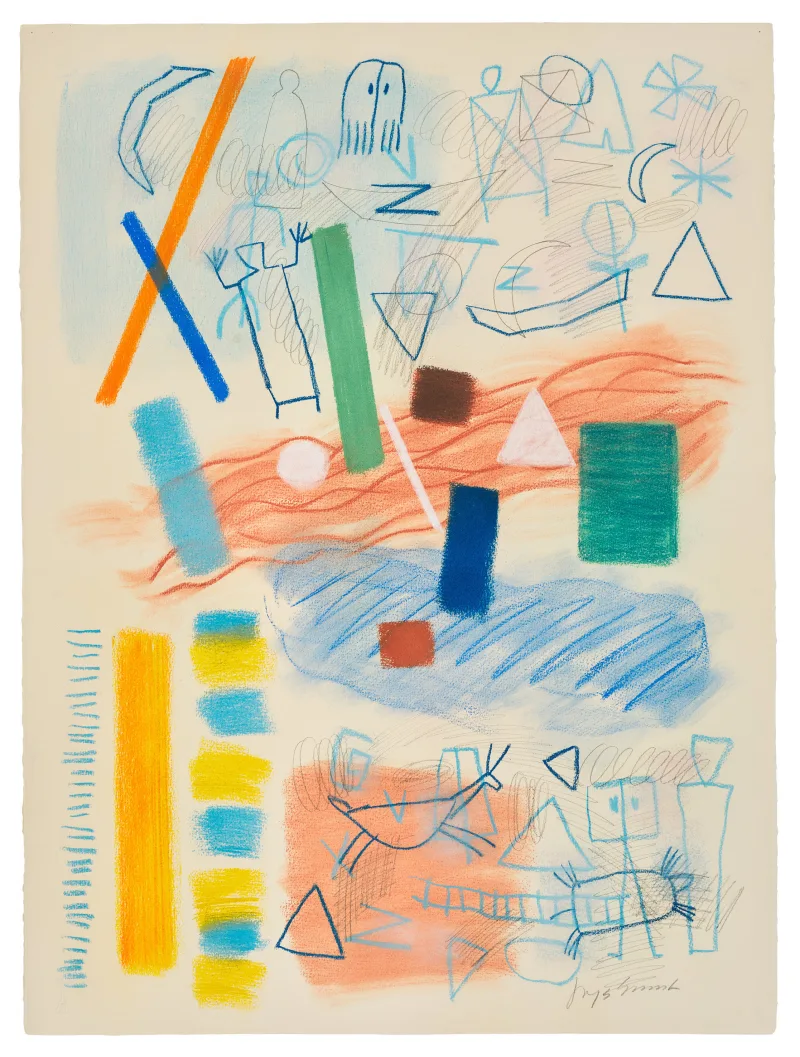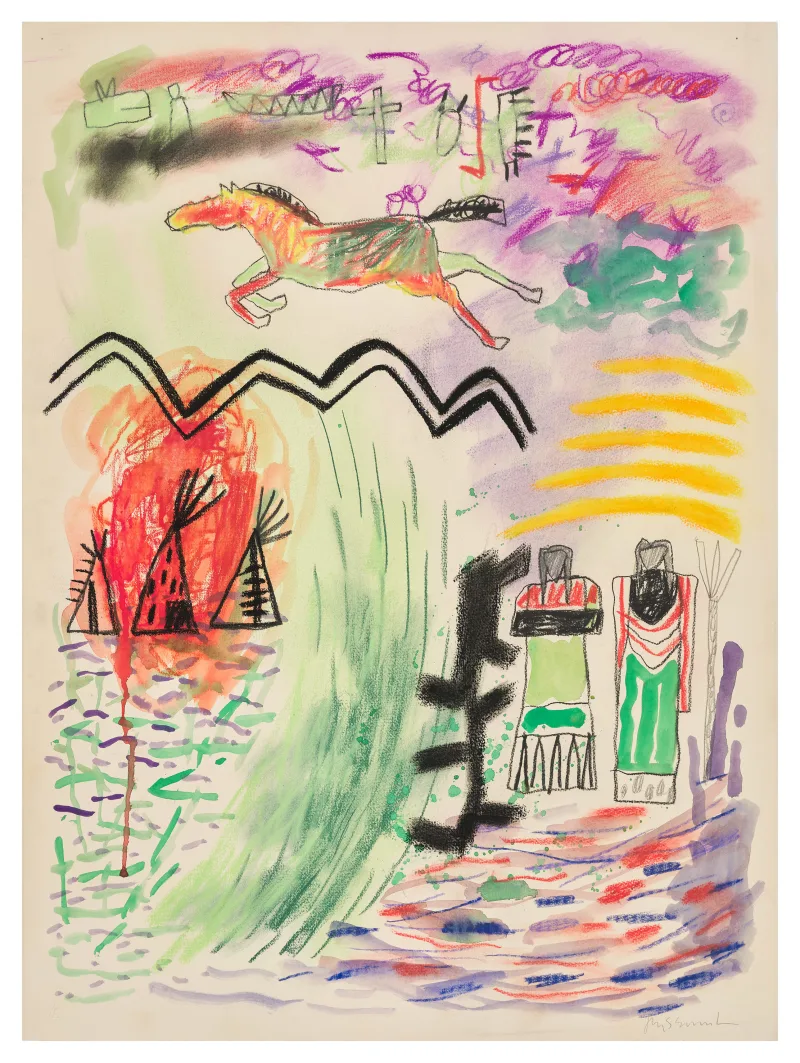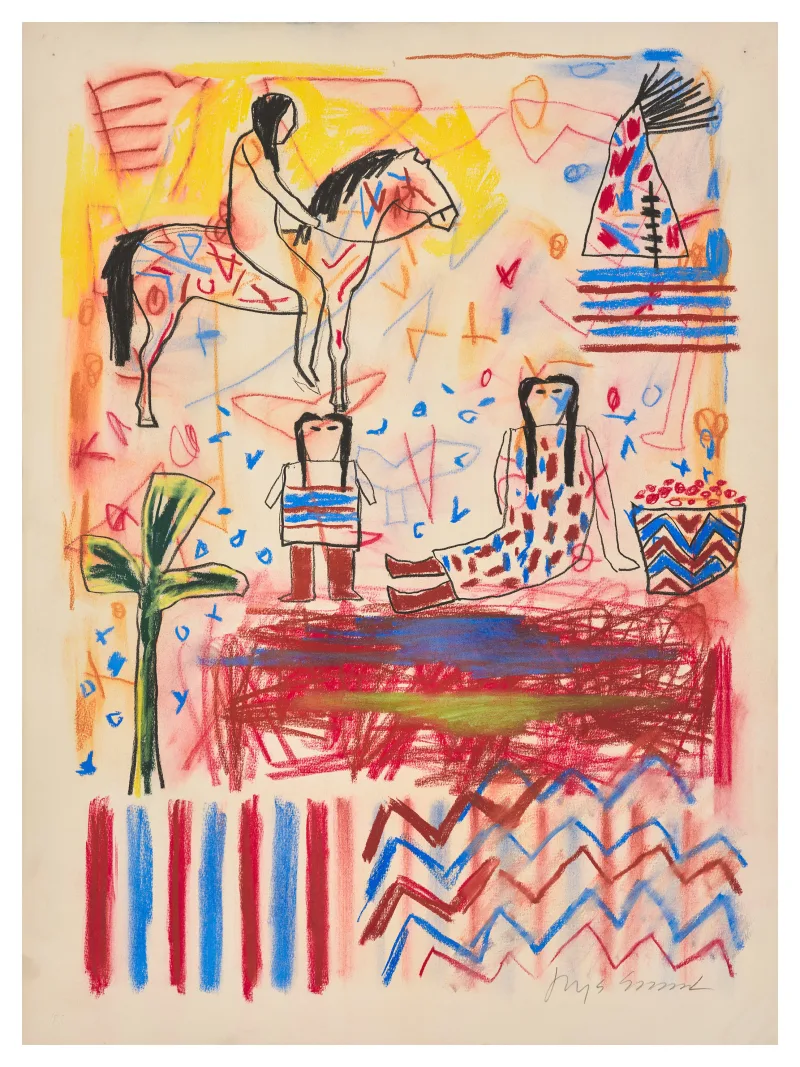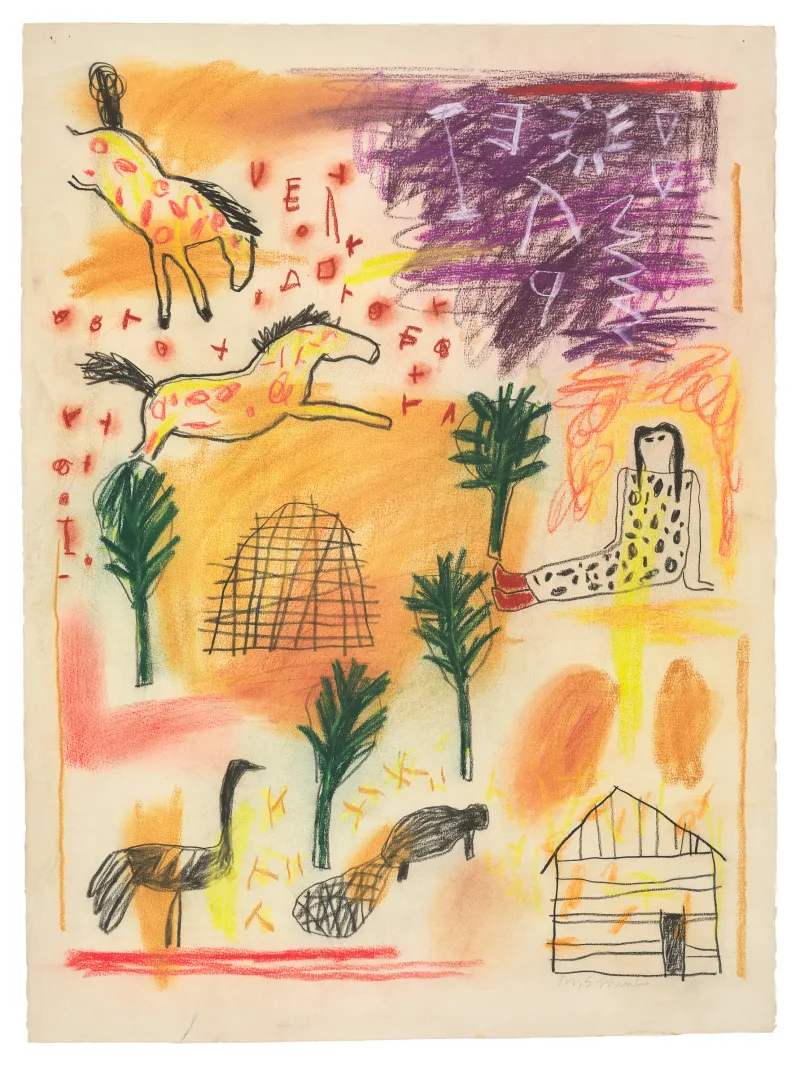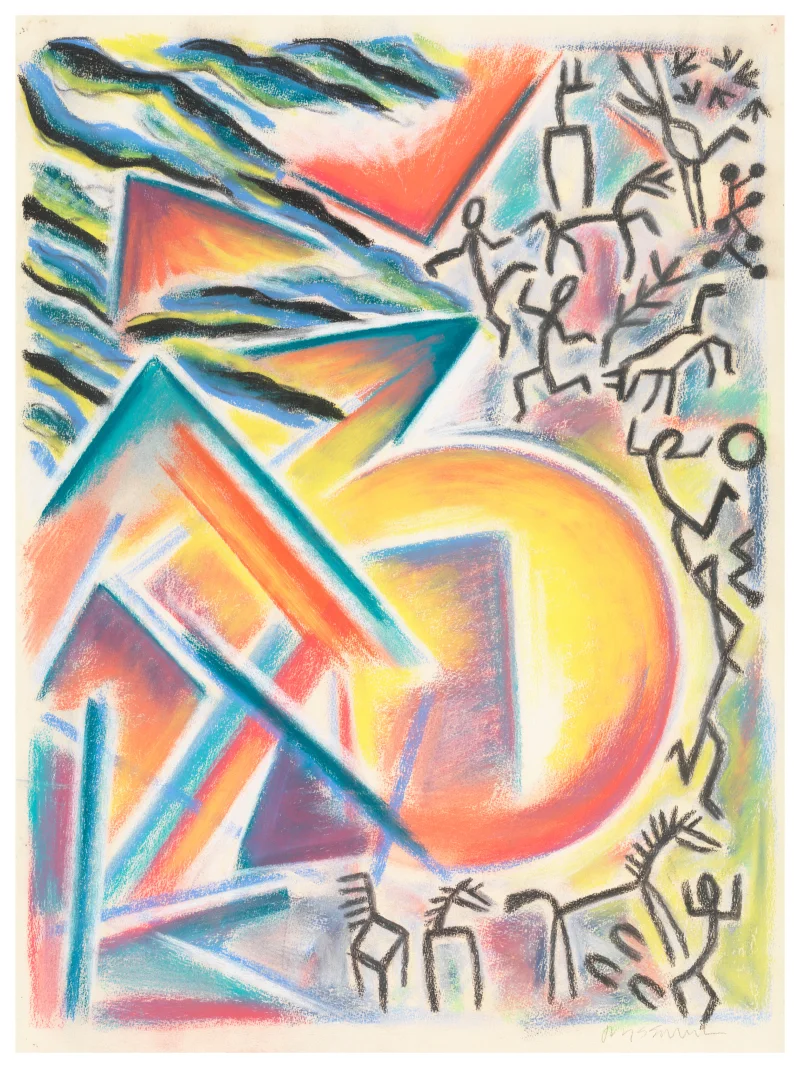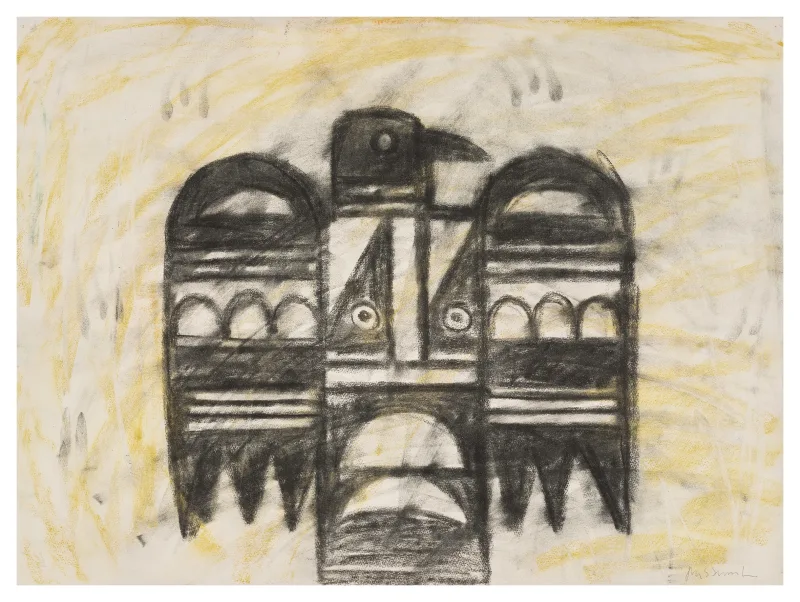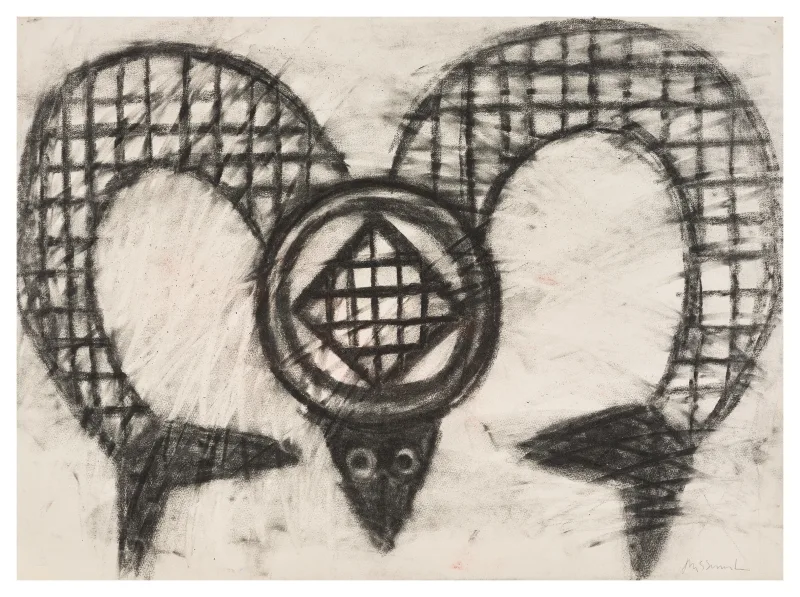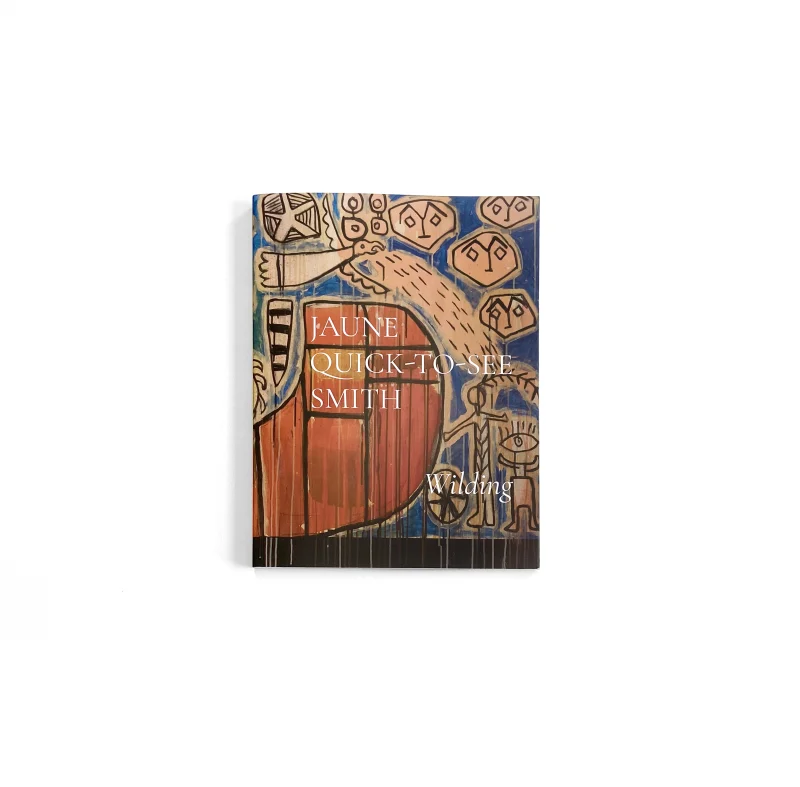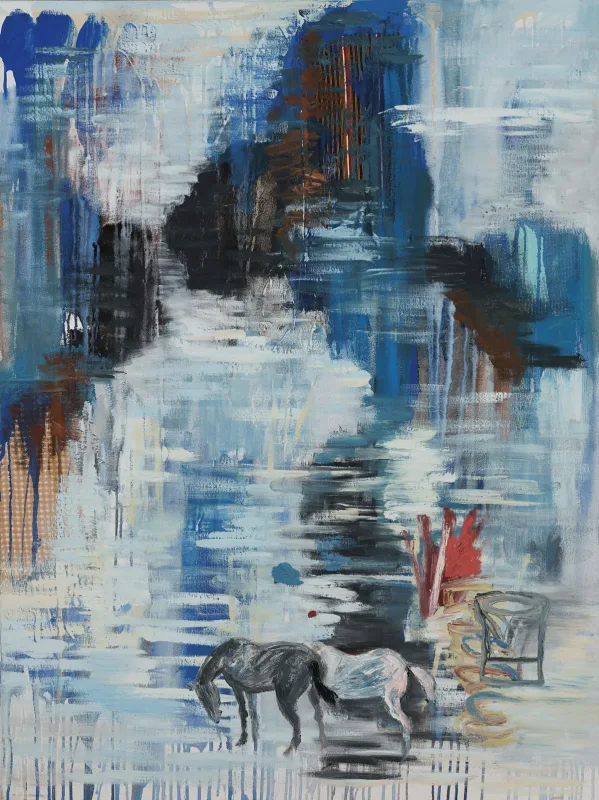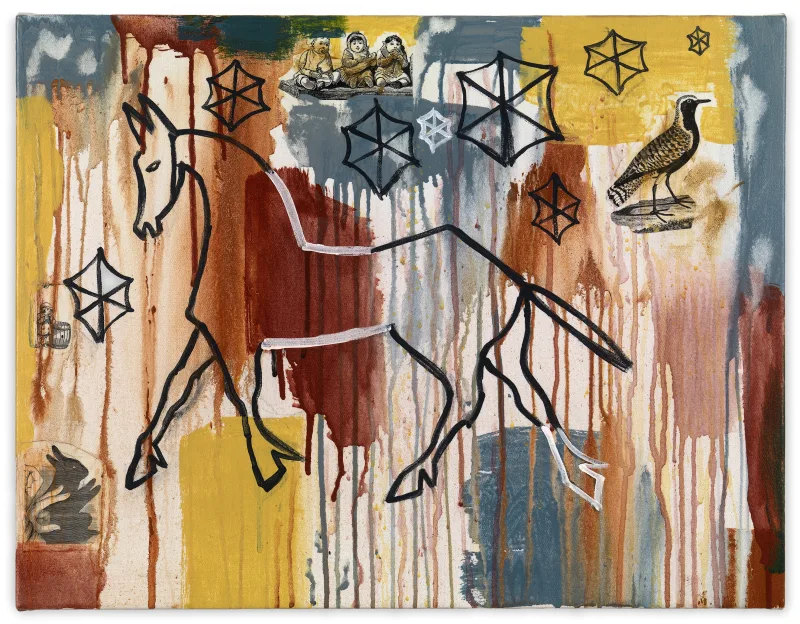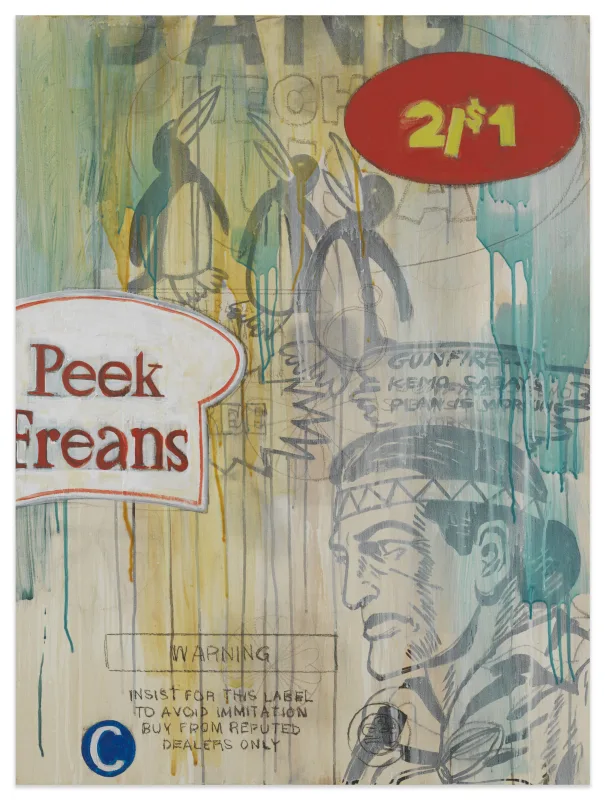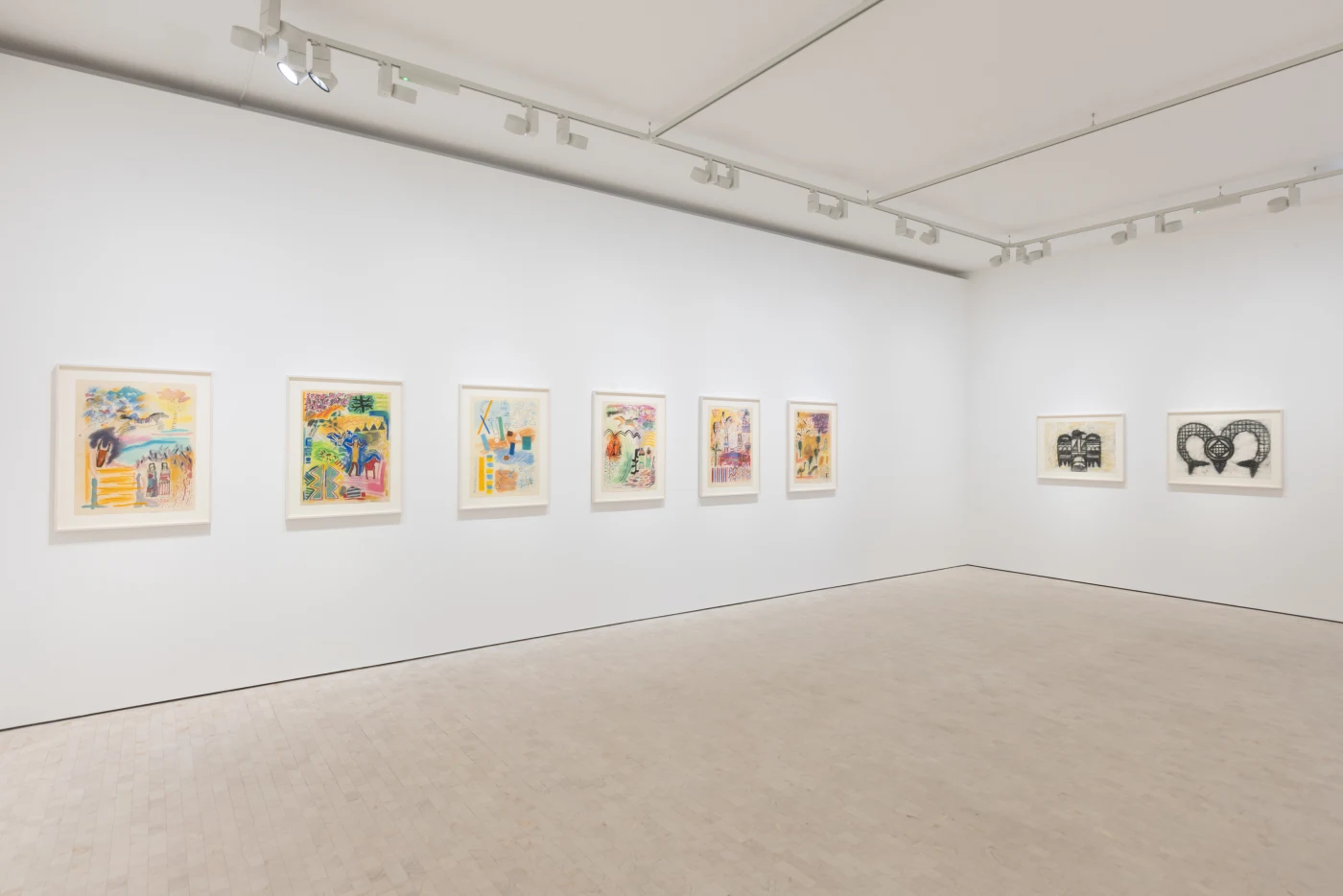
Jaune Quick-to-See Smith: Rooted in Memory
Overview
Stephen Friedman Gallery is pleased to present 'Rooted in Memory', the first UK solo exhibition of Jaune Quick-to-See Smith (1940–2025, citizen of the Confederated Salish and Kootenai Nation). A groundbreaking visual artist as well as a prominent curator and activist, Smith paved the way for contemporary Indigenous artists over her remarkable fifty-year career.
Working across painting, drawing, print and sculpture, her practice blends abstraction and figuration, reinterpreting motifs from canonical American painting to reframe historical narratives and foreground the Native American experience.
A room of the exhibition is devoted to the Tierra Madre paintings, the last body of work which Smith completed in the months before her death in early 2025. These works represent the culmination of her interest in Indigenous empowerment, land rights and environmental justice. Each canvas focuses on a central figure, calling to mind Leonardo da Vinci’s Vitruvian Man, but replacing the idealised Renaissance male with a female. The paintings pay homage to female icons known for their political activism: Tierra Madre: Wilma Mankiller (2024-25) celebrates the first woman elected to serve as Principal Chief of the Cherokee Nation, while Tierra Madre: Annie Lennox (2024-25) honours the Scottish singer and human rights campaigner. The paintings are charged with symbolic power and demonstrate how tirelessly Smith used her practice as a form of advocacy, right through to this final body of work.
Offering a broad survey of works, the exhibition also presents a range of large-scale, historical paintings. In 1992, Smith began the I See Red series as a critical response to the quincentennial celebrations of Christopher Columbus’s arrival in the US, “to remind viewers that Native Americans are still alive”. Speaking of the Trade Canoe series, Whitney Museum curator Laura Phipps remarks, “Smith’s painted canoe becomes a stage on which the violent and exploitative history of this country is performed, as she masterfully collages historic photographs, zoological illustrations, and clippings from newspapers and magazines”. The appropriated imagery and layers of collage are reminiscent of Robert Rauschenberg and Jasper Johns, demonstrating the artist’s ability to combine Indigenous iconography with modernist influences. Smith explains that she employs techniques such as Pop Art because it serves as “a common language” to communicate with a wider audience through familiar imagery “symbolic of American mainstream culture”.
Stephen Friedman Gallery is pleased to present Rooted in Memory, the first UK solo exhibition of Jaune Quick-to-See Smith (1940-2025, citizen of the Confederated Salish and Kootenai Nation). A groundbreaking visual artist as well as a prominent curator and activist, Smith paved the way for contemporary Indigenous artists over her remarkable fifty-year career. Working across painting, drawing, print and sculpture, her practice blends abstraction and figuration, reinterpreting motifs from canonical American painting to reframe historical narratives and foreground the Native American experience.
A room of the exhibition is devoted to the Tierra Madre paintings, the last body of work which Smith completed in the months before her death in early 2025. These works represent the culmination of her interest in Indigenous empowerment, land rights and environmental justice. Each canvas focuses on a central figure, calling to mind Leonardo da Vinci's Vitruvian Man, but replacing the idealised Renaissance male with a female. The paintings pay homage to female icons known for their political activism: Tierra Madre: Wilma Mankiller (2024-25) celebrates the first woman elected to serve as Principal Chief of the Cherokee Nation, while Tierra Madre: Annie Lennox (2024-25) honours the Scottish singer and human rights campaigner. The paintings are charged with symbolic power and demonstrate how tirelessly Smith used her practice as a form of advocacy, right through to this final body of work.
Offering a broad survey of works, the exhibition also presents a range of large-scale, historical paintings. In 1992, Smith began the I See Red series as a critical response to the quincentennial celebrations of Christopher Columbus's arrival in the US, "to remind viewers that Native Americans are still alive". Speaking of the Trade Canoe series, Whitney Museum curator Laura Phipps remarks, "Smith's painted canoe becomes a stage on which the violent and exploitative history of this country is performed, as she masterfully collages historic photographs, zoological illustrations, and clippings from newspapers and magazines". The appropriated imagery and layers of collage are reminiscent of Robert Rauschenberg and Jasper Johns, demonstrating the artist's ability to combine Indigenous iconography with modernist influences. Smith explains that she employs techniques such as Pop Art because it serves as "a common language" to communicate with a wider audience through familiar imagery "symbolic of American mainstream culture".
Another room of the exhibition is dedicated to Smith’s drawing practice, including expressionistic works from the Petroglyph Park series (1985-87). Rendered in a vibrant colour palette, these drawings envision various cultural markers from the contested New Mexico landscape. The artist created these in response to plans for a suburban housing development, which threatened to destroy thousands of ancient sacred petroglyphs on the volcanic cliffs near her home west of Albuquerque, New Mexico.
This exhibition is at once a celebration of Smith’s legacy and a meditation on the stories and struggles which she championed. At a time of political uncertainty and escalating climate crisis, her work remains more vital than ever.
Stephen Friedman Gallery is pleased to present 'Rooted in Memory', the first UK solo exhibition of Jaune Quick-to-See Smith (1940–2025, citizen of the Confederated Salish and Kootenai Nation). A groundbreaking visual artist as well as a prominent curator and activist, Smith paved the way for contemporary Indigenous artists over her remarkable fifty-year career.
Installation Views
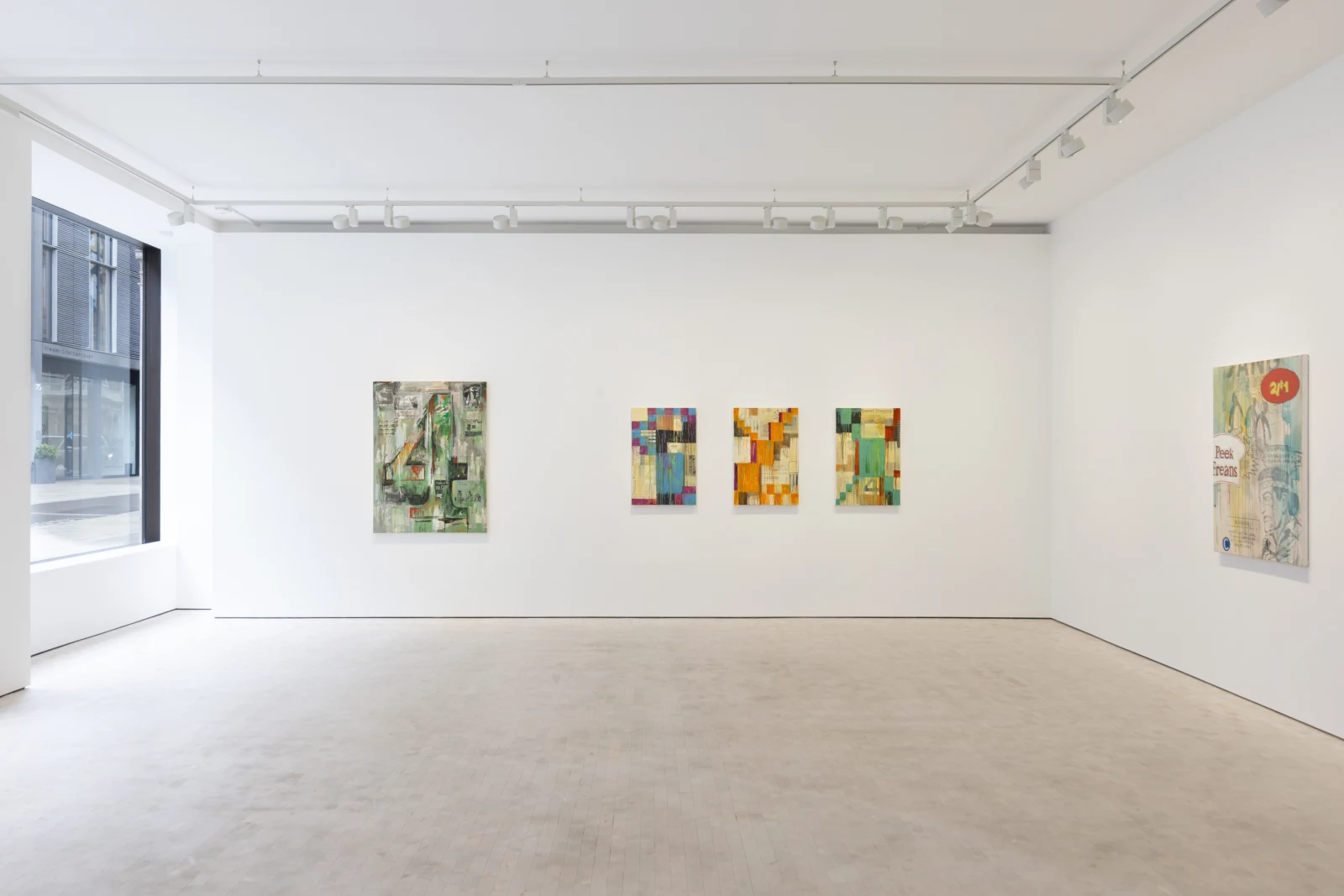
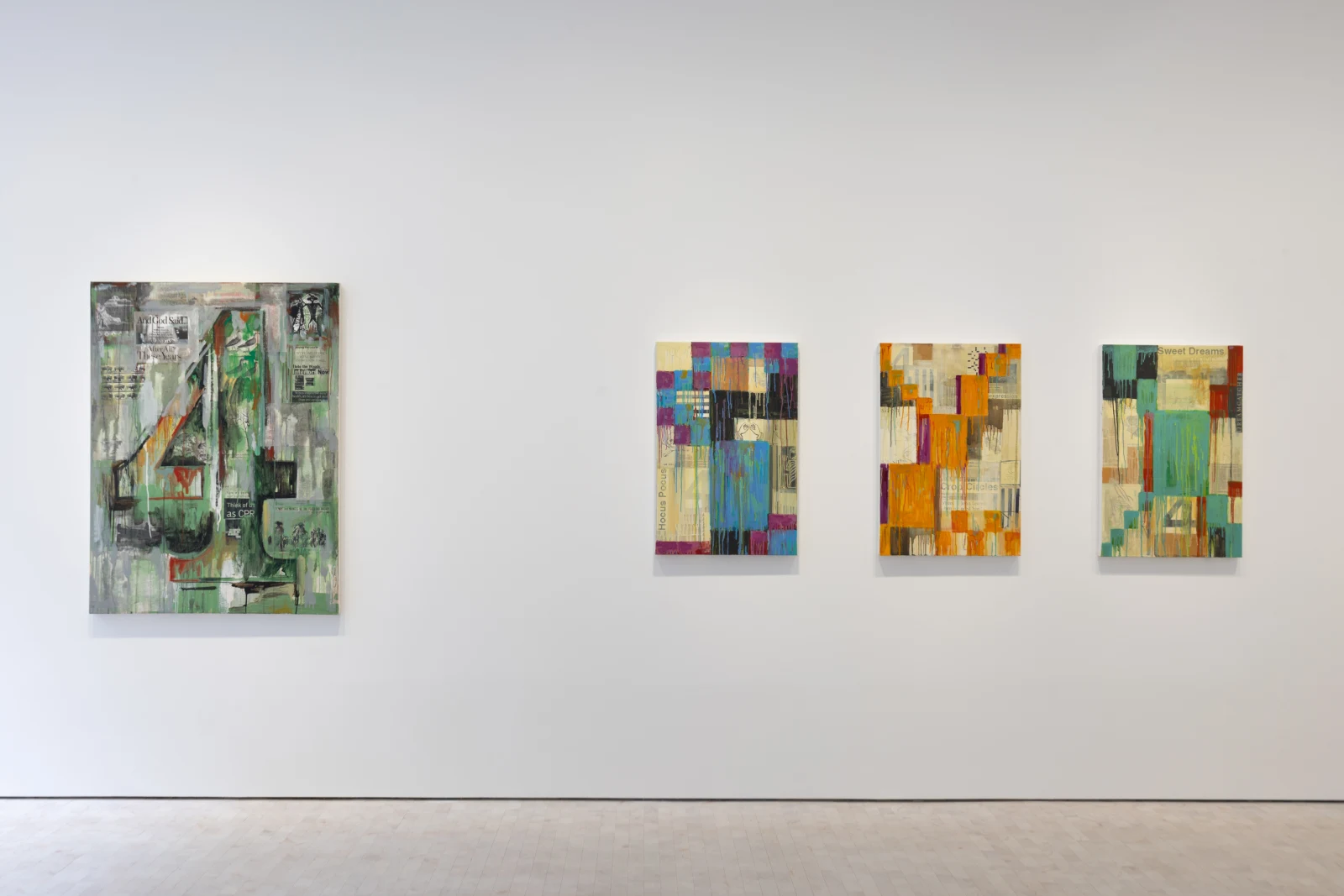
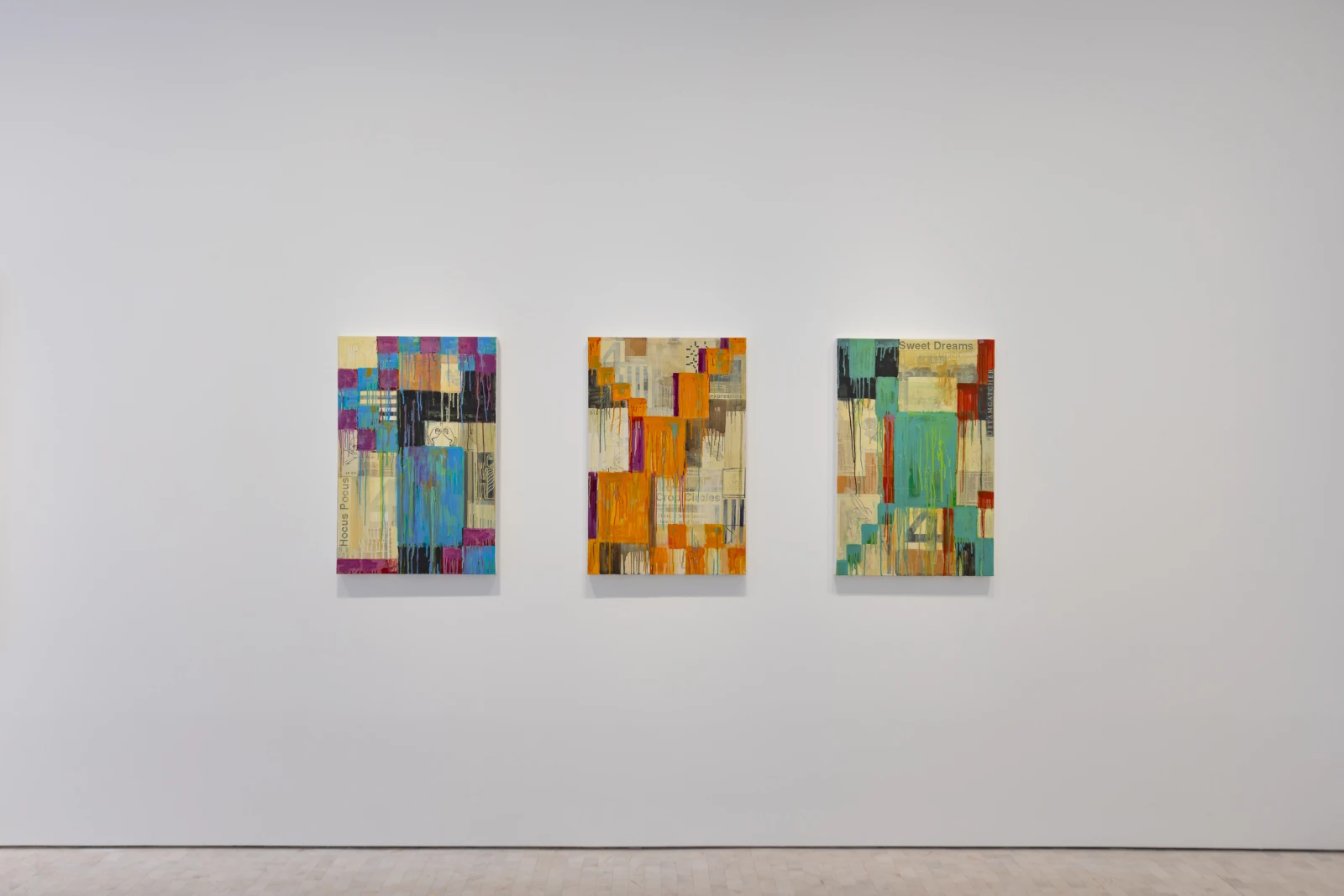
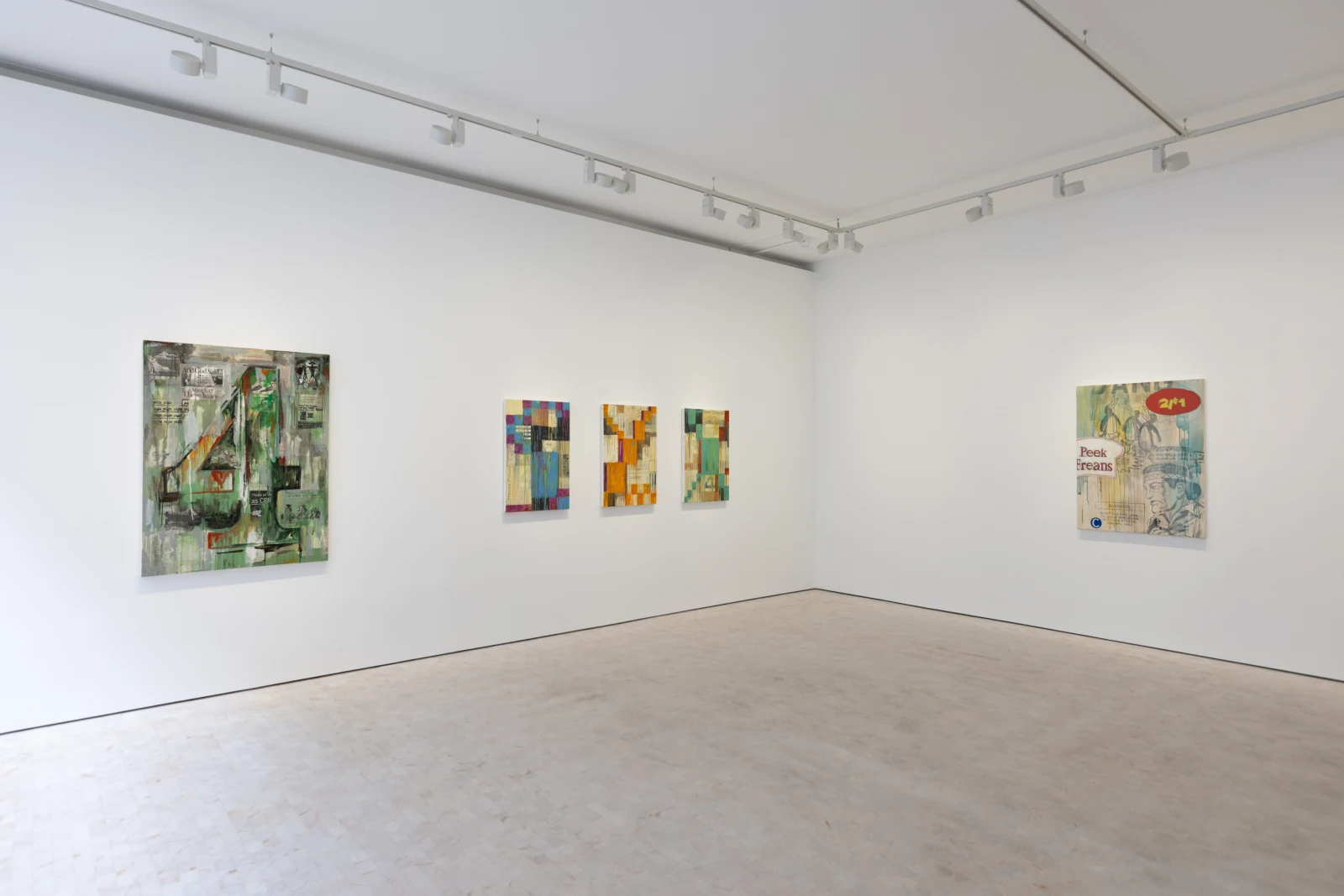
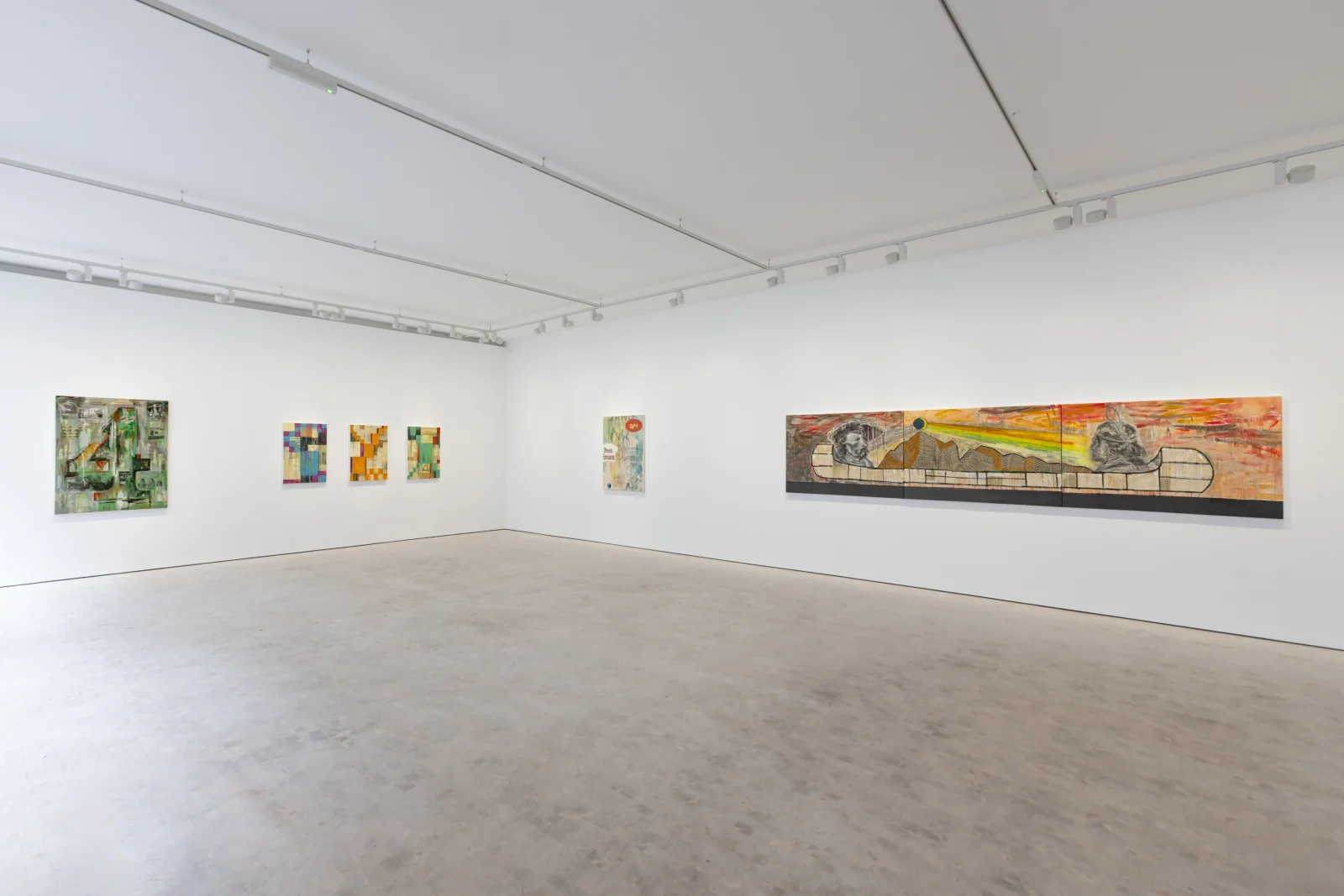
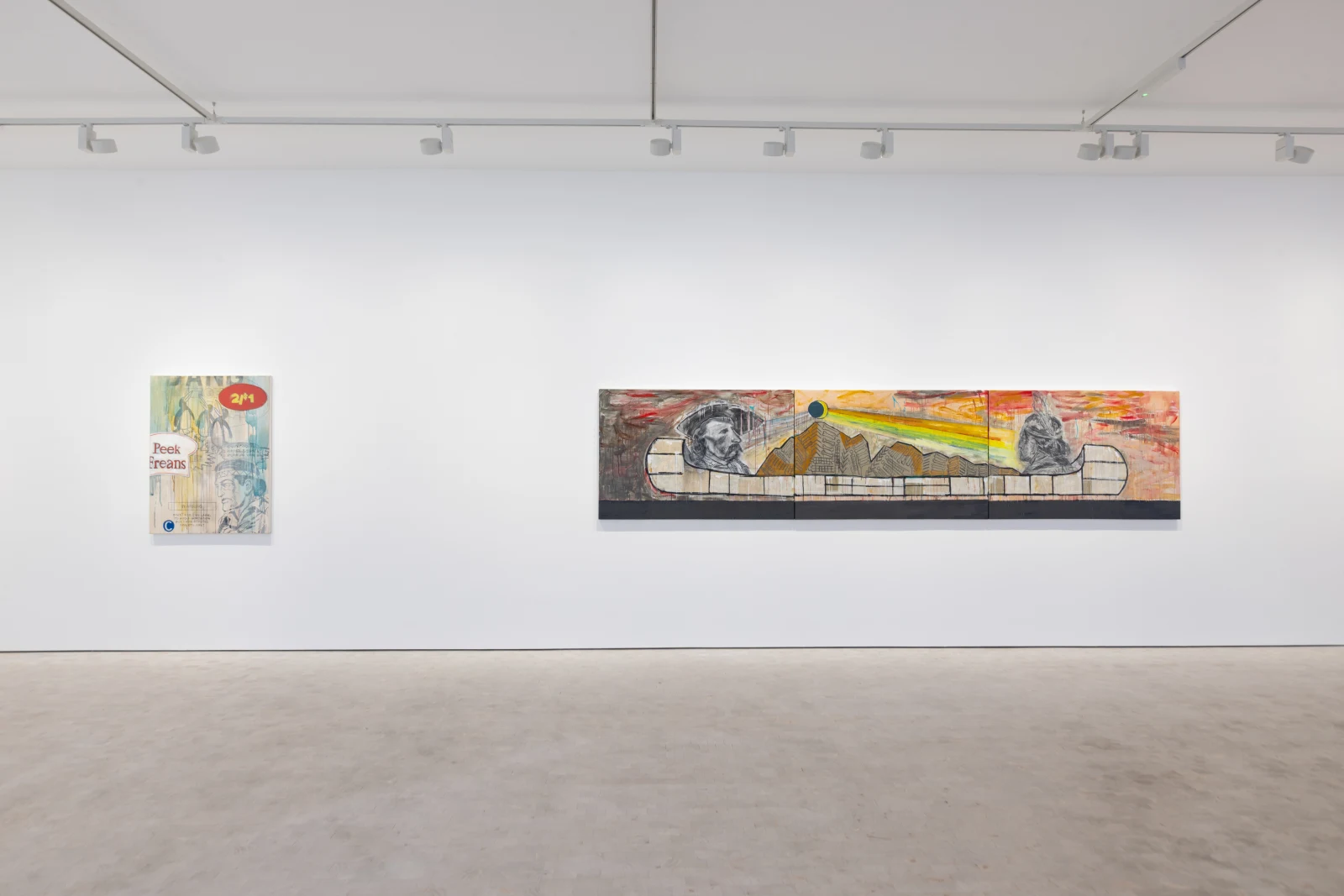
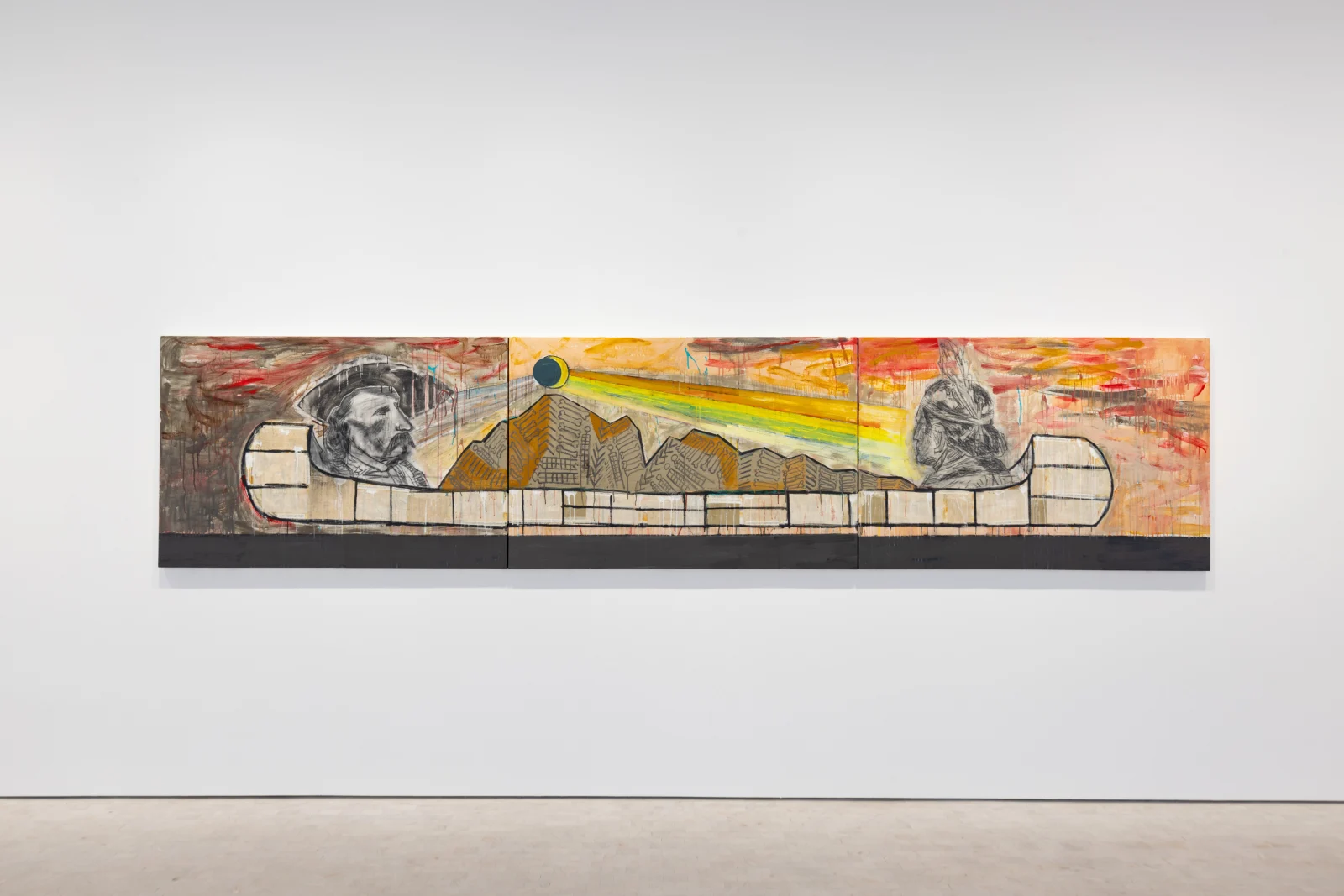
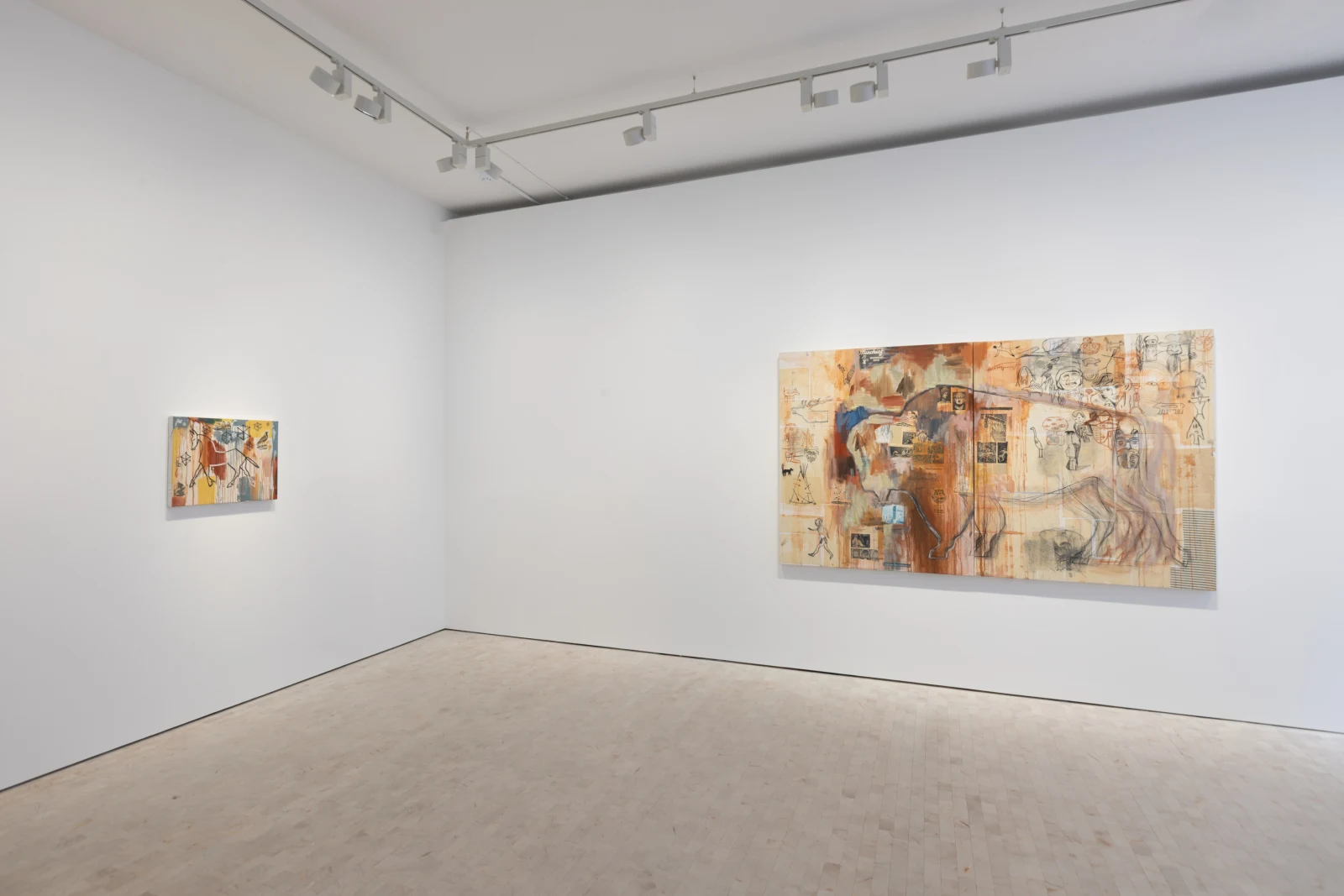
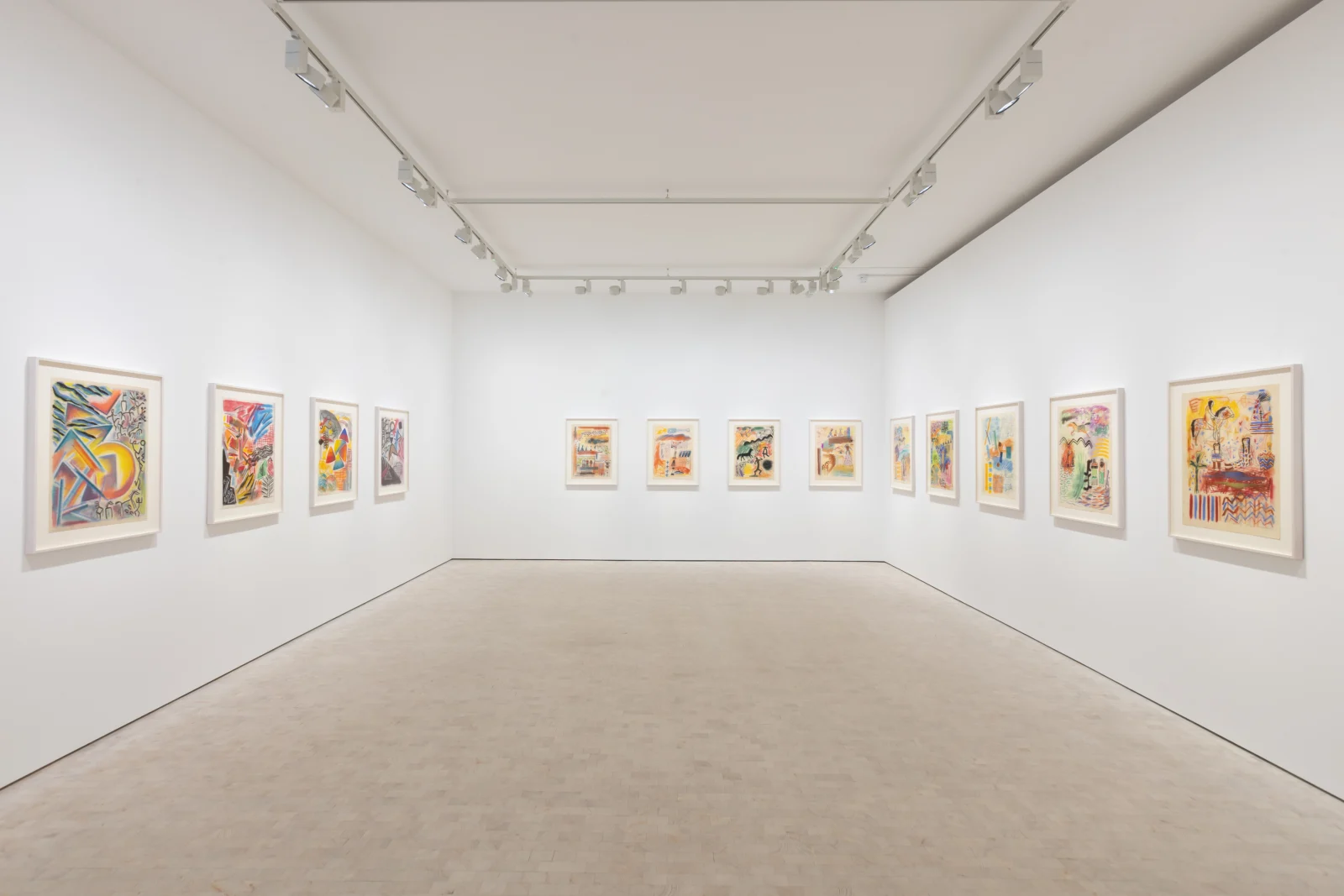
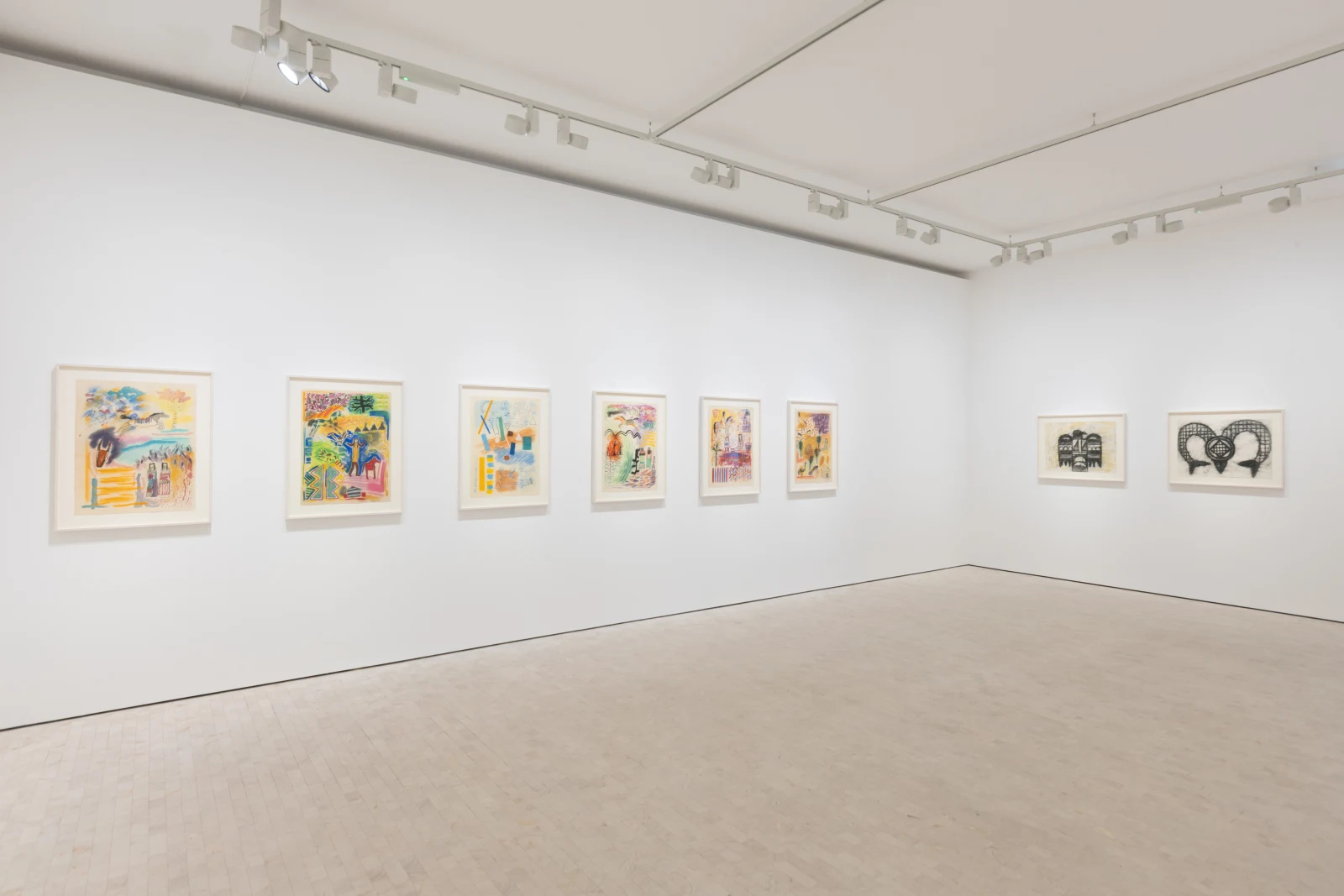
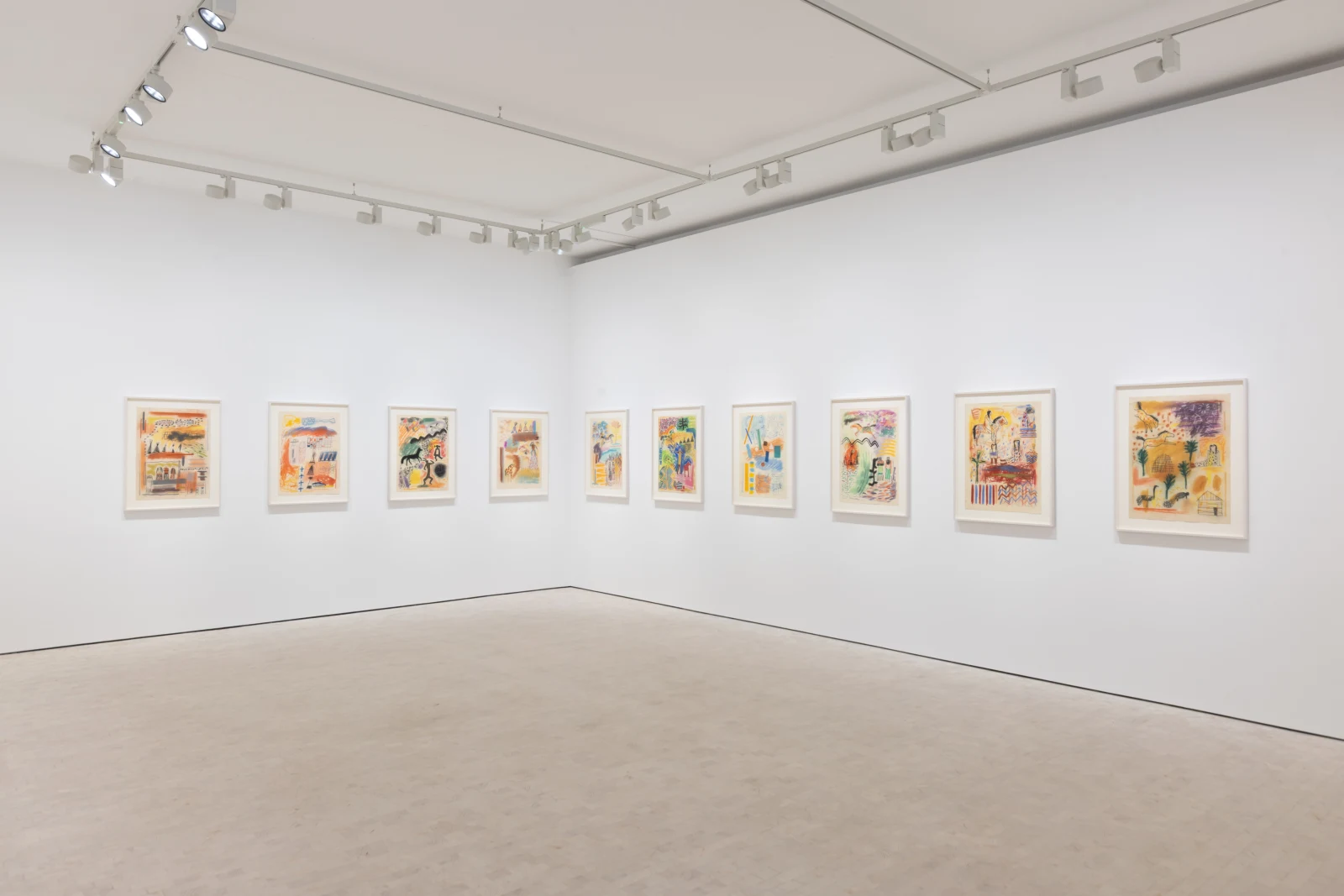
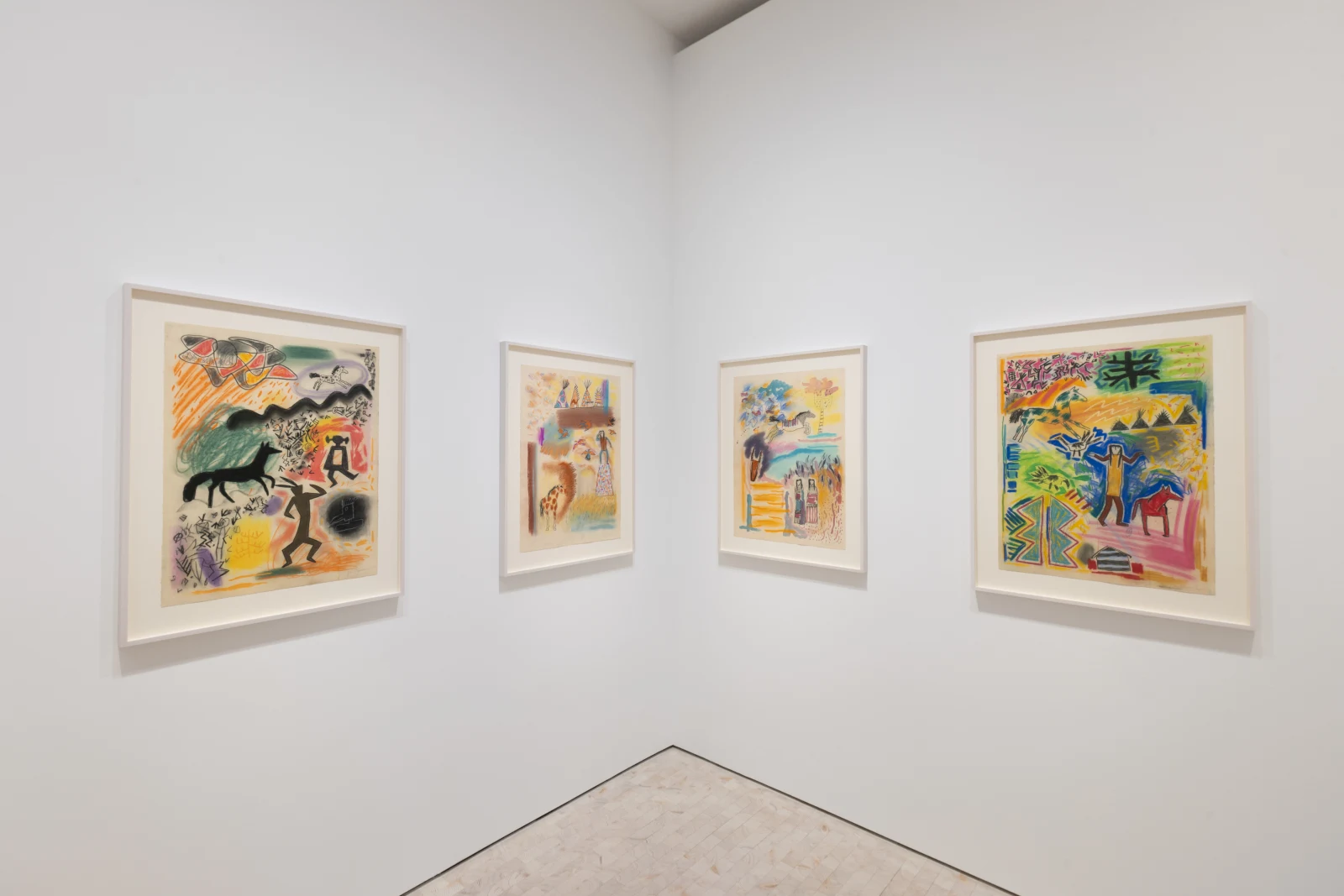
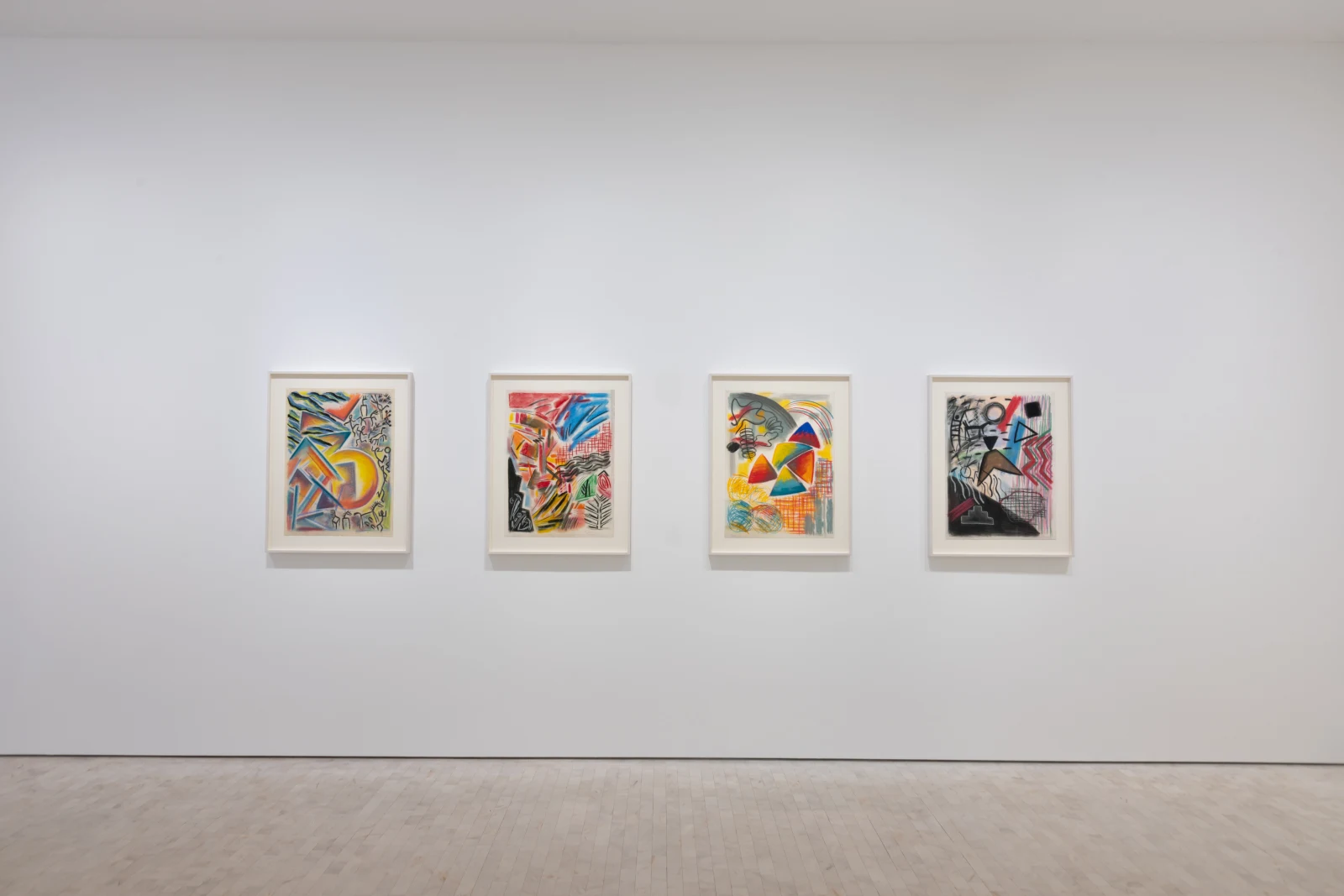
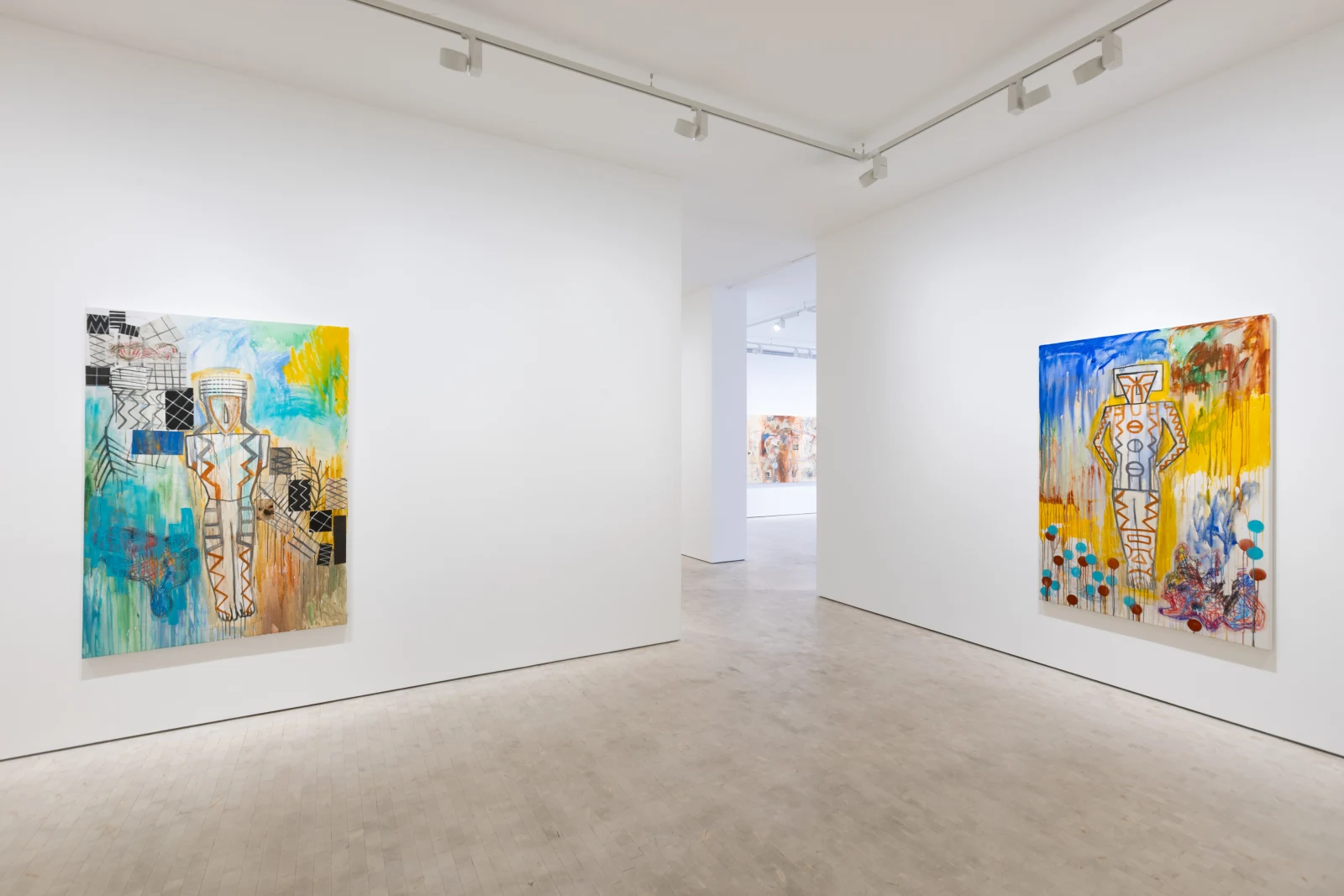
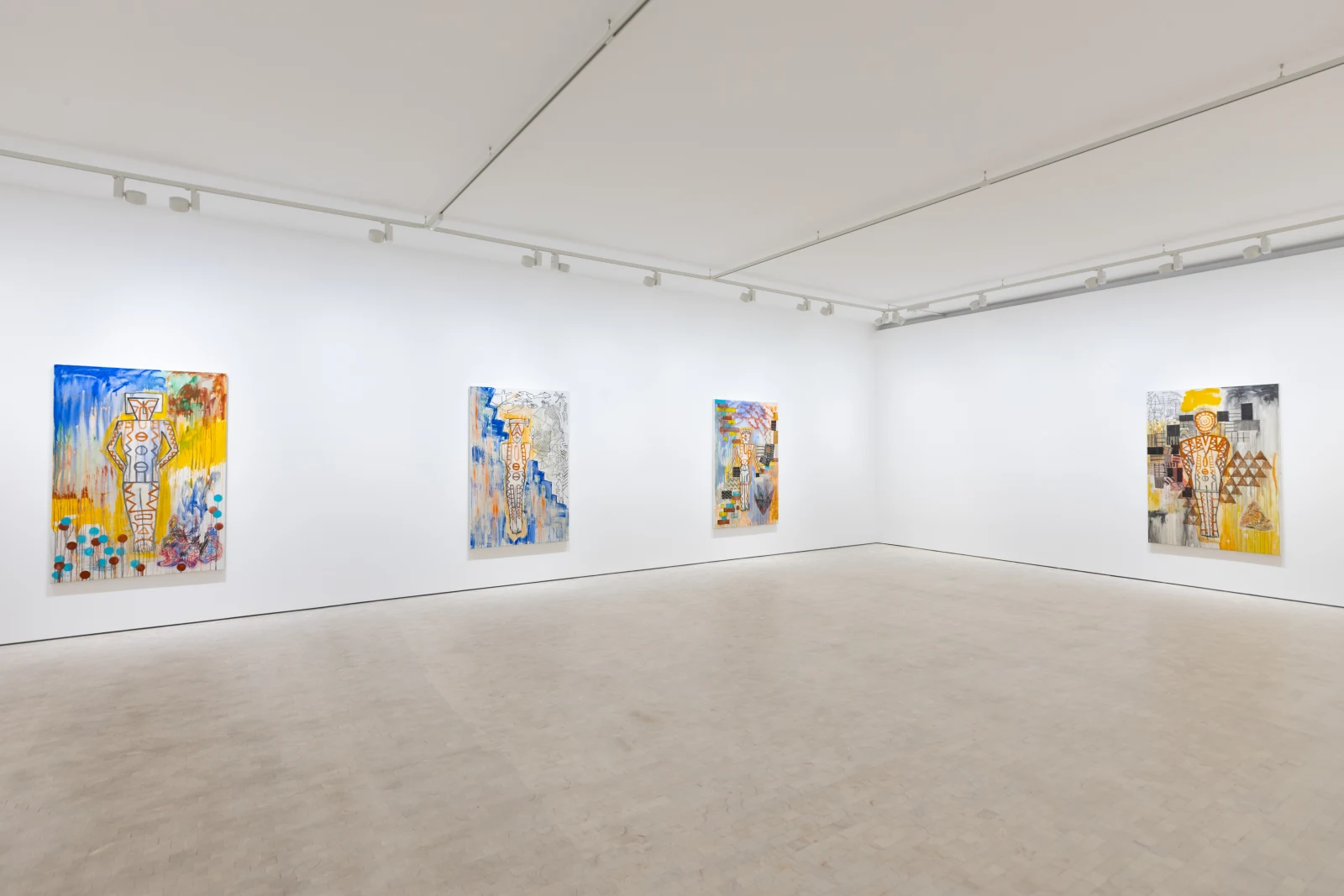
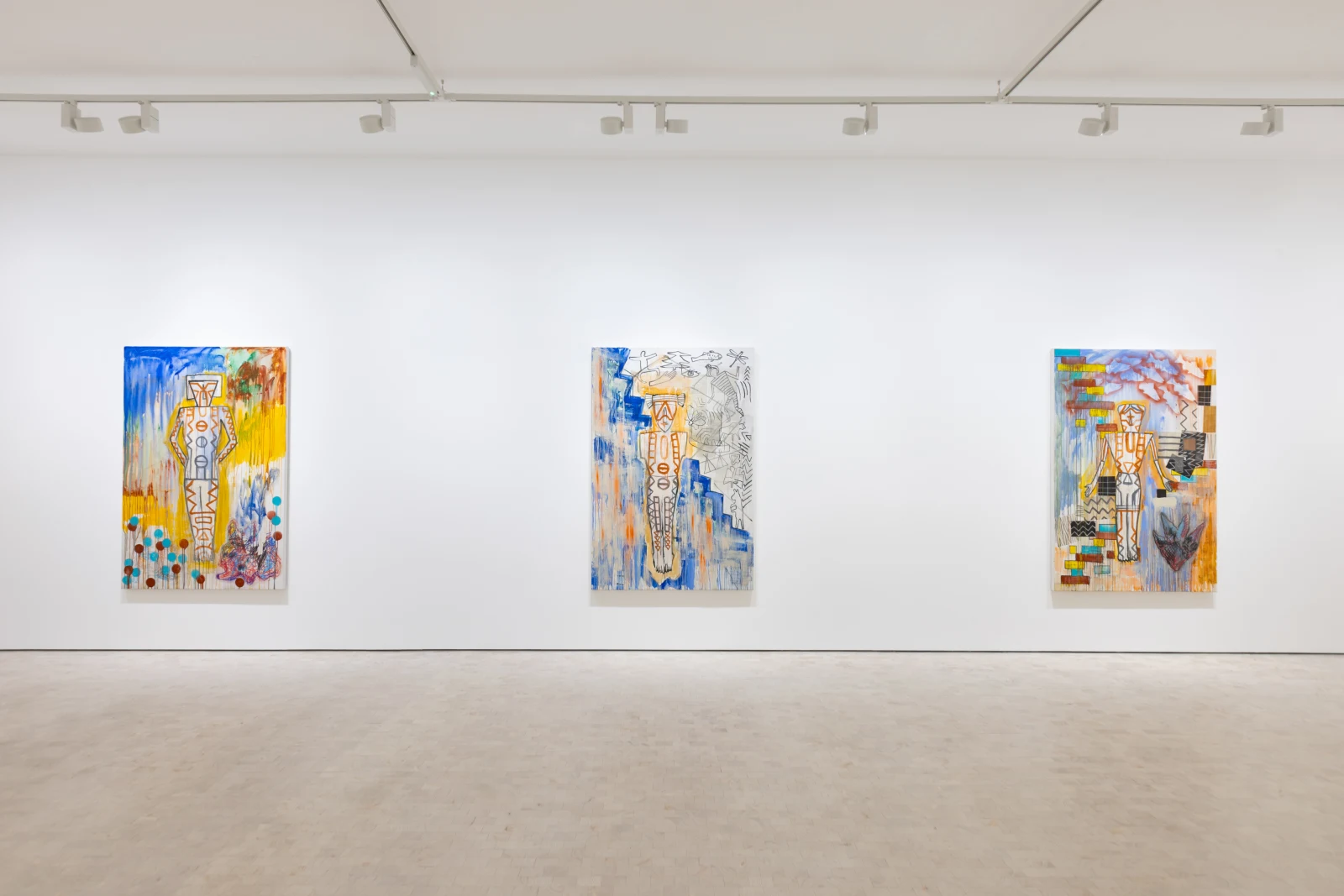
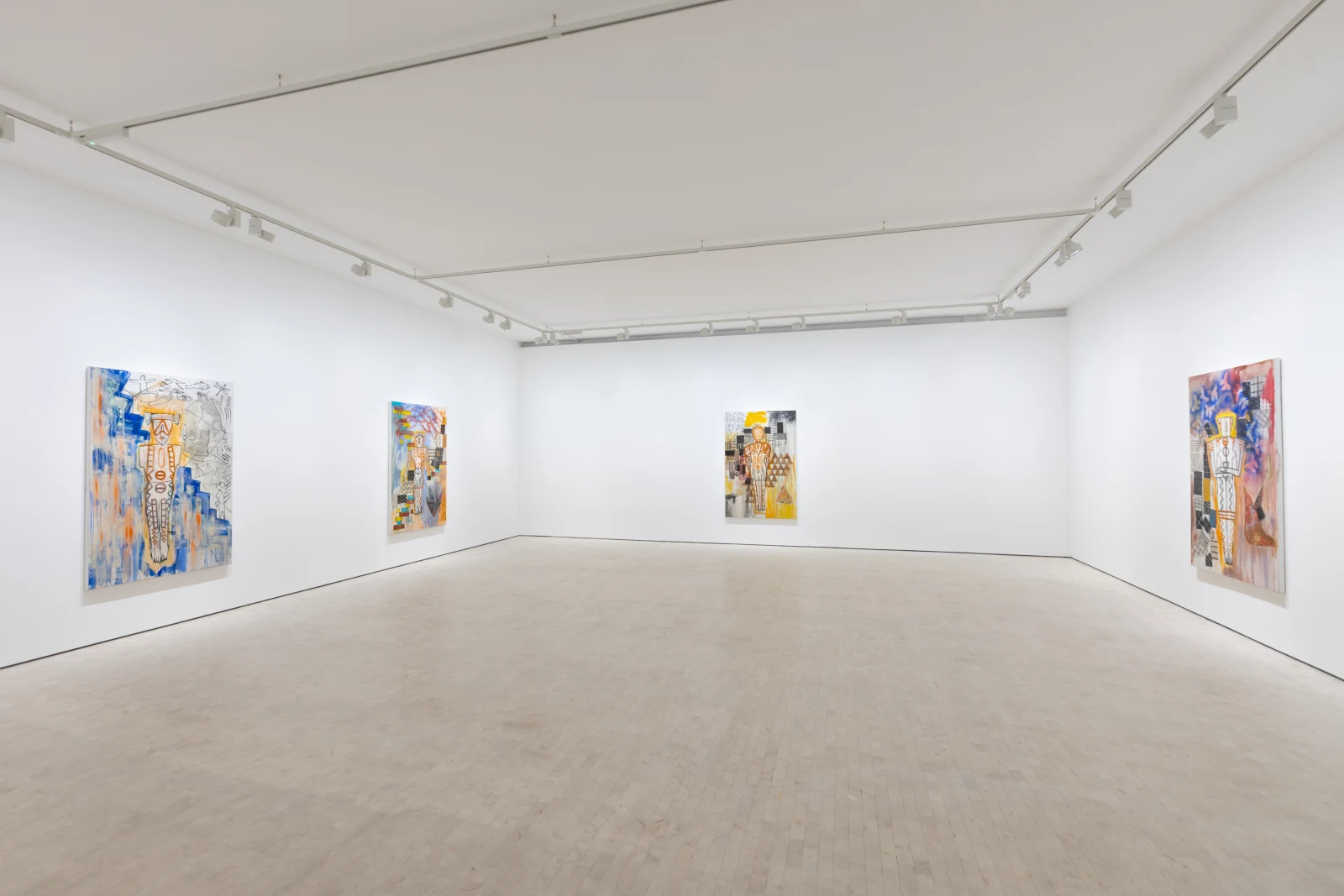
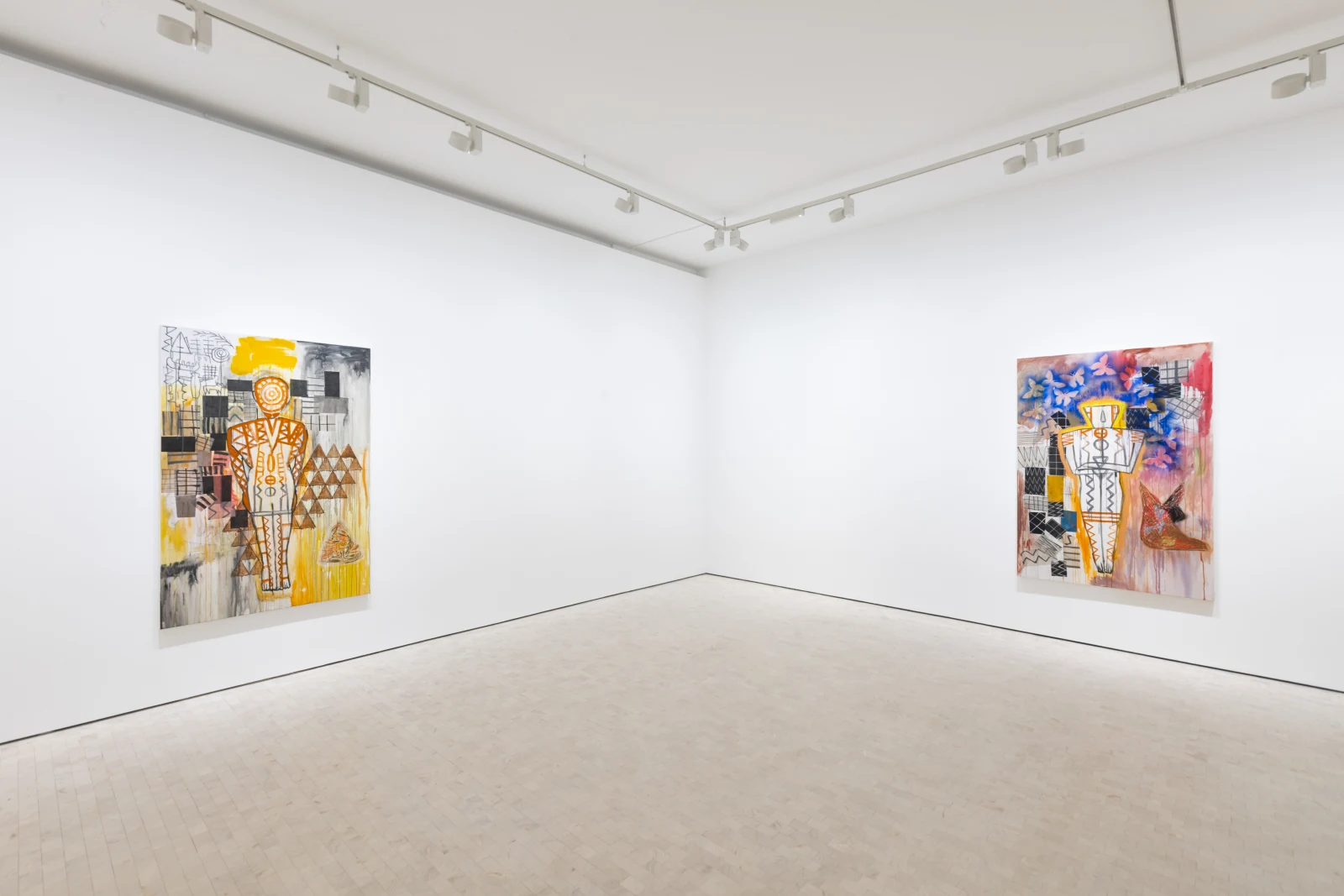
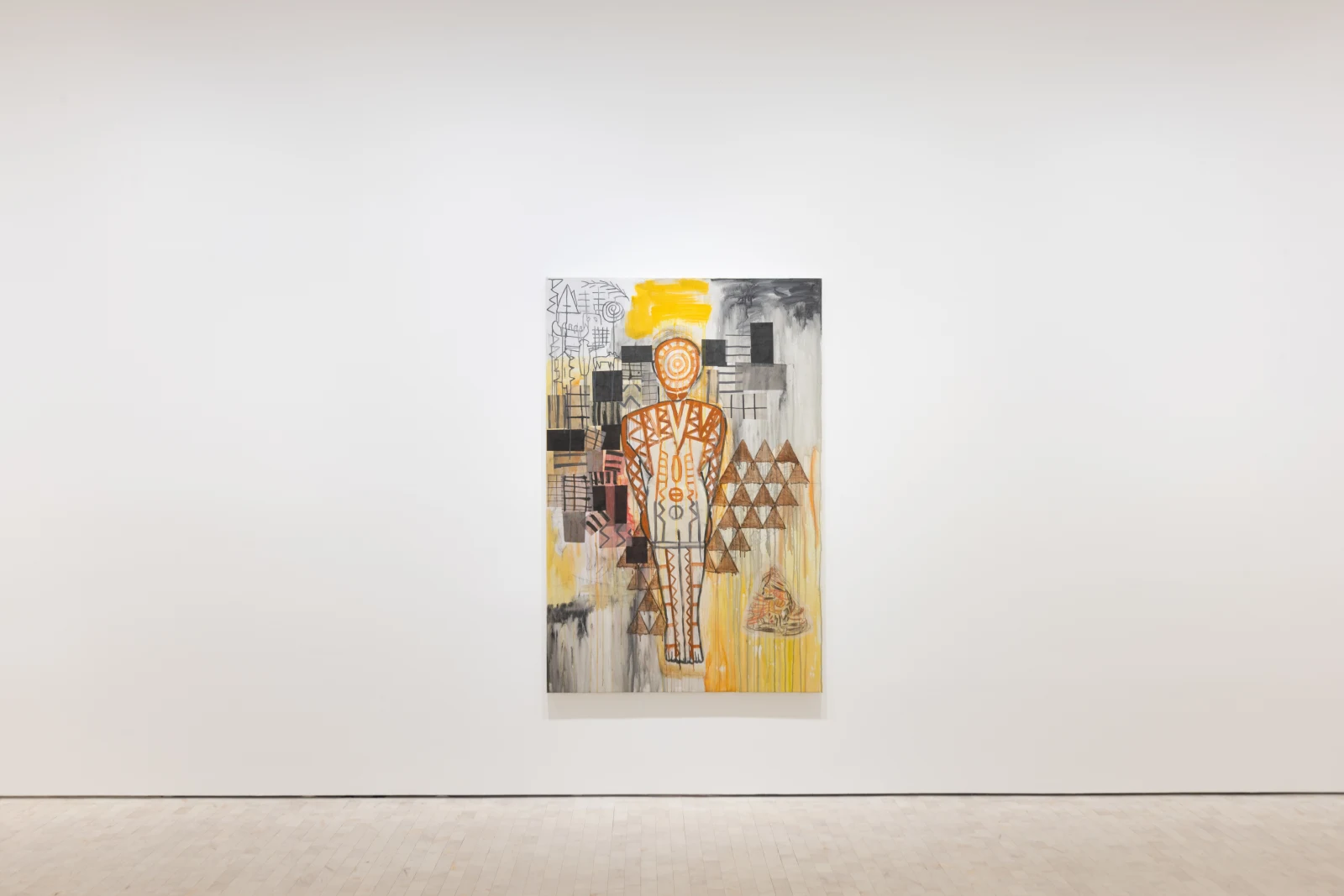
Selected Artworks
